NASA Social Launch of Northrop Grumman Commercial Resupply (CRS) via Antares with Cygnus NG-11
I was very happy to be selected for my third “NASA Social” trip, my second at Wallops Island Mid-Atlantic Regional Spaceport (MARS) (my 2018 Wallops trip write up is here, and my previous SpaceX 2017 trip in Florida is here). As I wrote last time, Wallops has special significance for me, since I grew up on the eastern shore of Maryland, about 100 miles north of Wallops, and somehow we got a special tour there as a child. I also spent our vacation week each summer in Ocean City, right up the coastline.
NASA Social grants special access to regular people active on social media, and every one I’ve been on has been inspiring. The participants are generally all in future oriented careers, or making money in 21st century ways, like streaming games online or youtubers with millions of followers. This program is very smart of NASA to do, since the social group might have more followers than a TV station. And of course, the scientists and astronauts who present are always amazing, inspiring people. The whole thing is a good reminder that despite the current climate in the country, real, spectacular science conducted by amazing people continues on.
This mission, designated CRS-11 or NG-11 (Northrup Grumman is the NG; they bought Orbital/ATK) is a “commercial resupply” (CRS) mission to the International Space Station (ISS), carrying cargo for the astronauts and scientific experiments and satellites. The Cygnus ship and cargo capsule rides on an Antares rocket for the main boost and then a second stage puts it up closer to the space station orbit. The craft will stay at the station for three months and then, once deployed, will launch some small Cube Sats and go for an extended orbit as a test for future capability to offer a non ISS extended research platform. You can read about all the science on this mission here.
We started on Tuesday morning with science ambassador presentation from Diana Garcia, then toured the Range Control Center tour with Software Engineer Debbie Parks. Unfortunately, they were testing some new proprietary software so we weren’t allowed to take photos, but you can see some from my last trip here. At Wallops they not only launch rockets, but they make smaller sounding rockets for use around the world from scratch. They have some pretty intense machining capability and the material they use is always interesting.
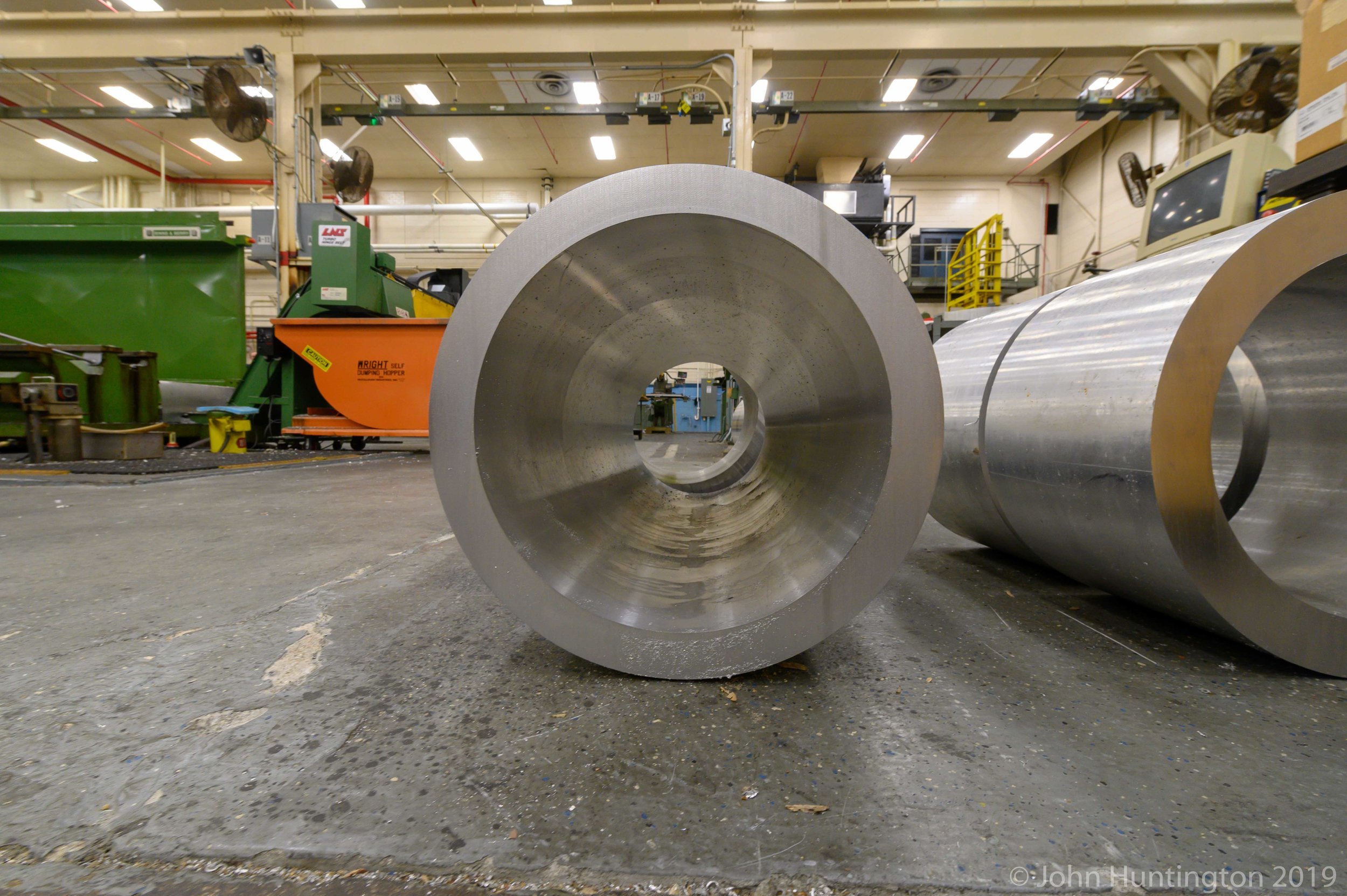
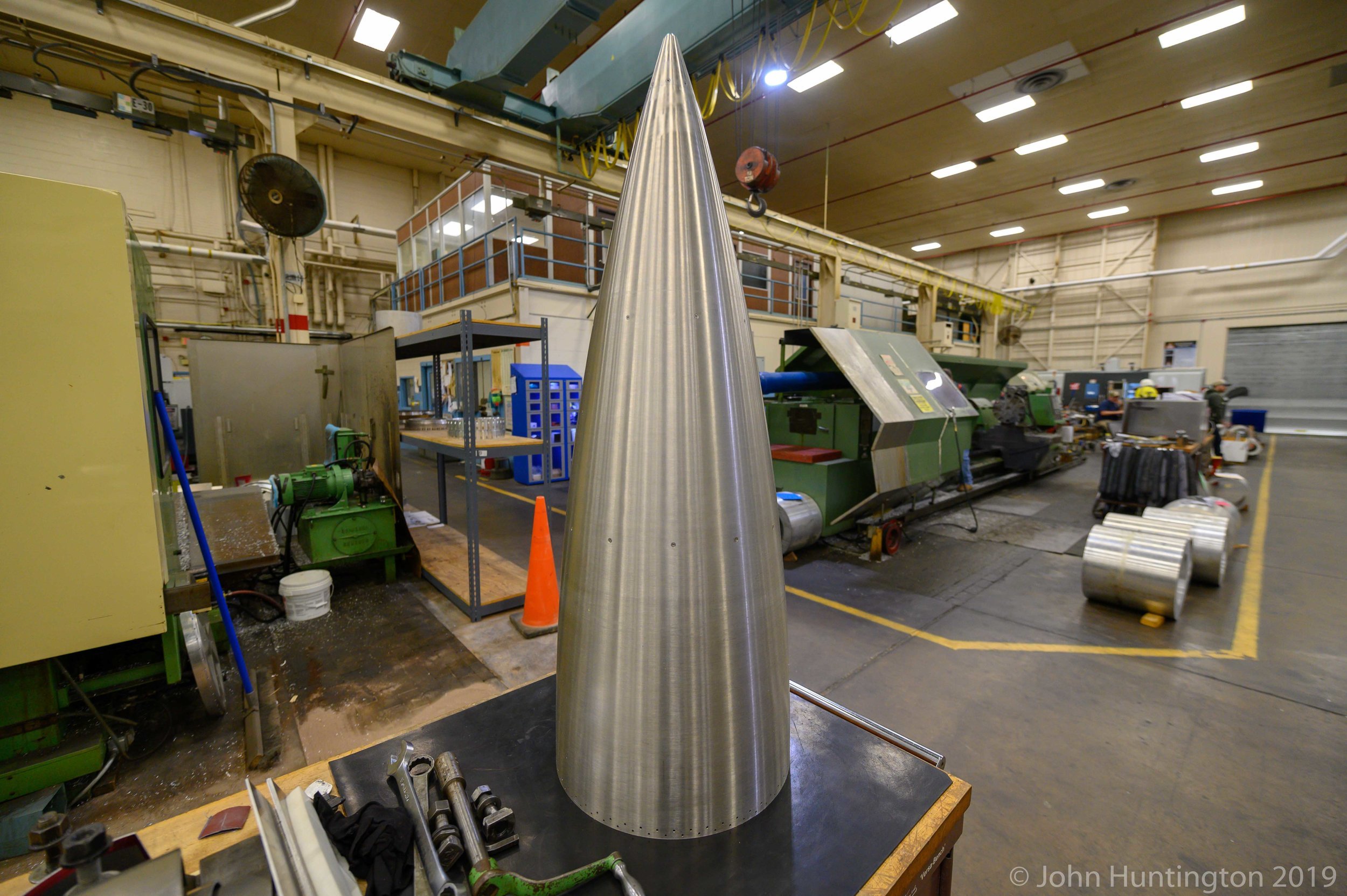
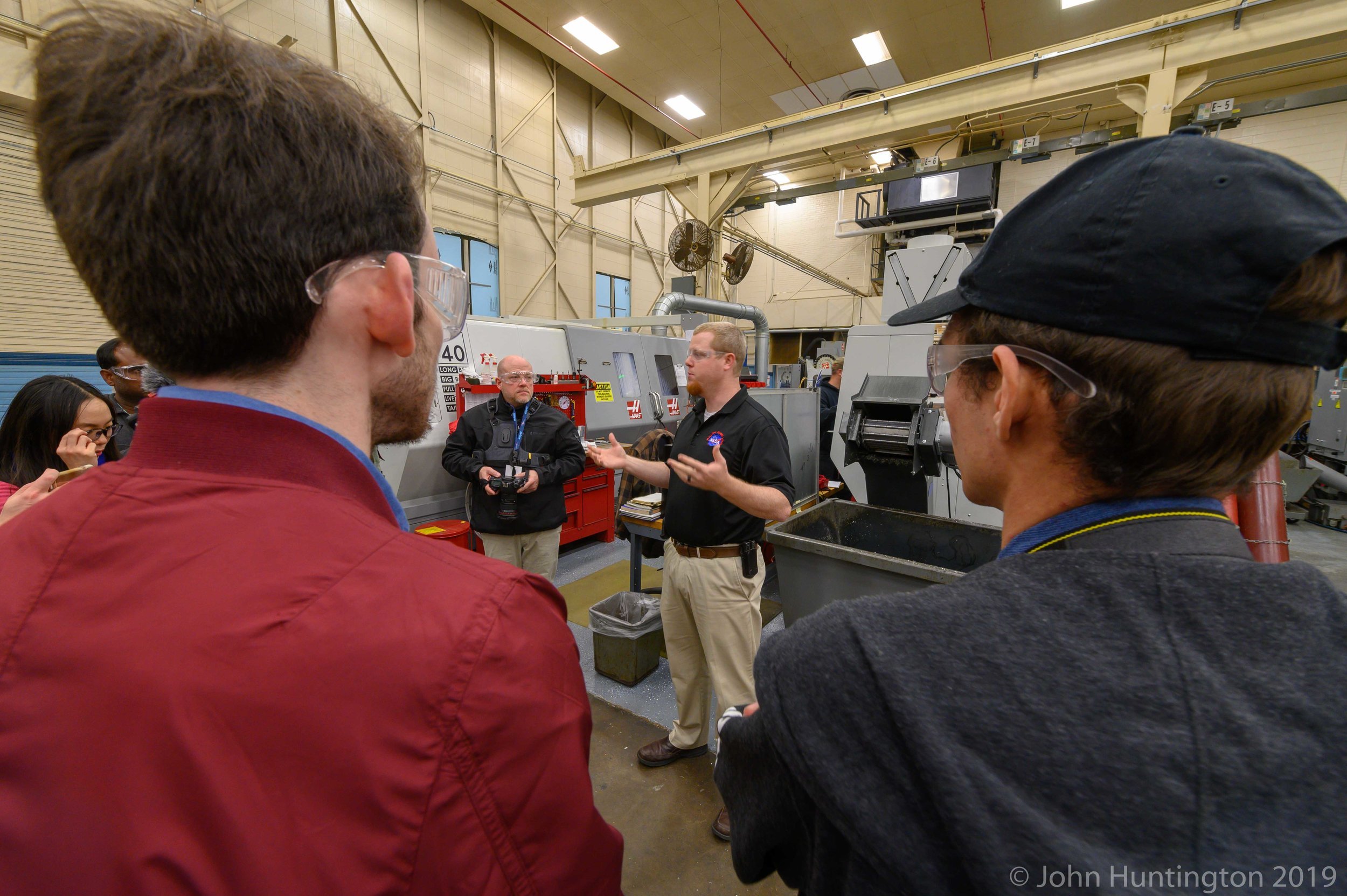
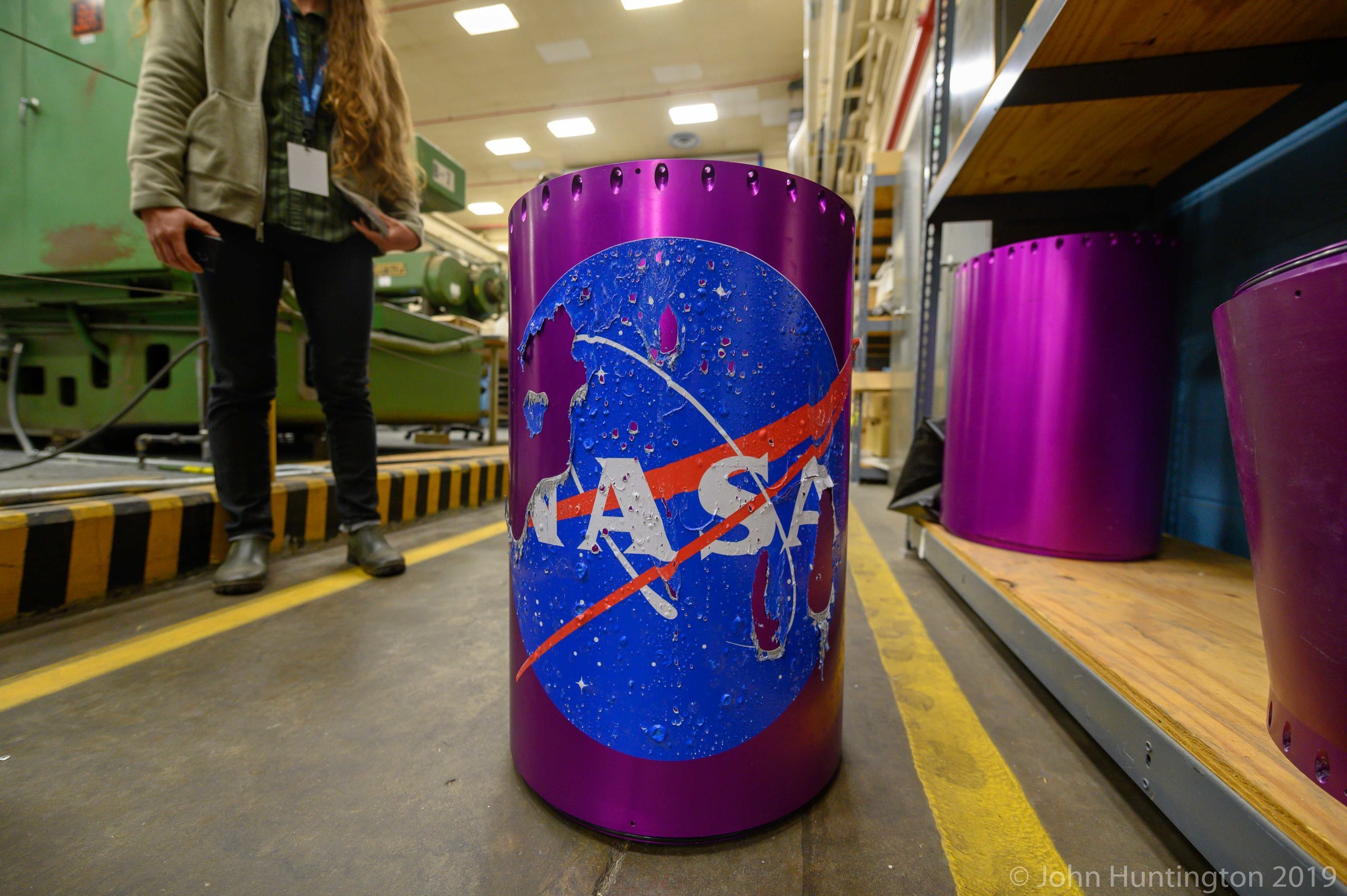
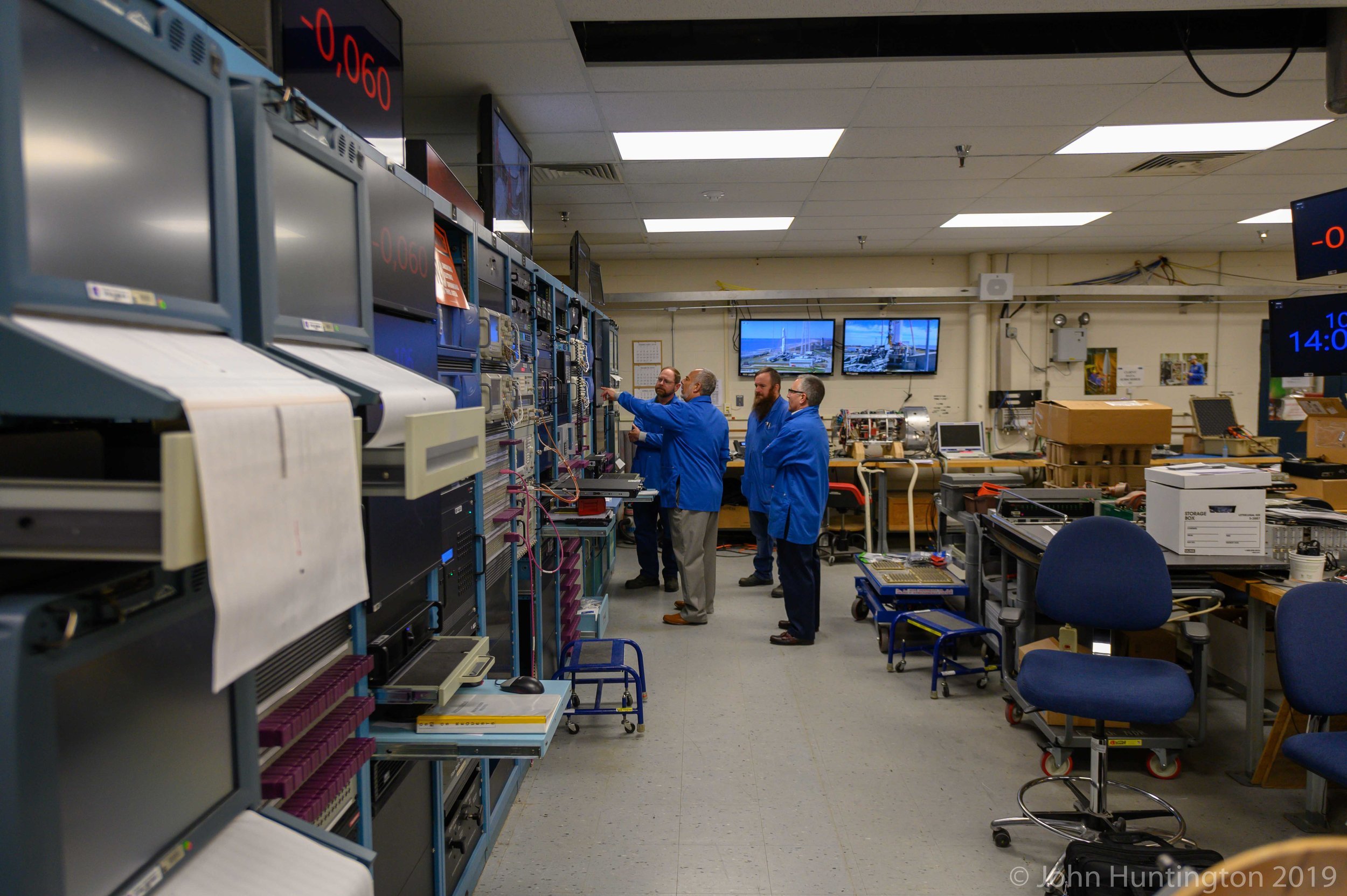
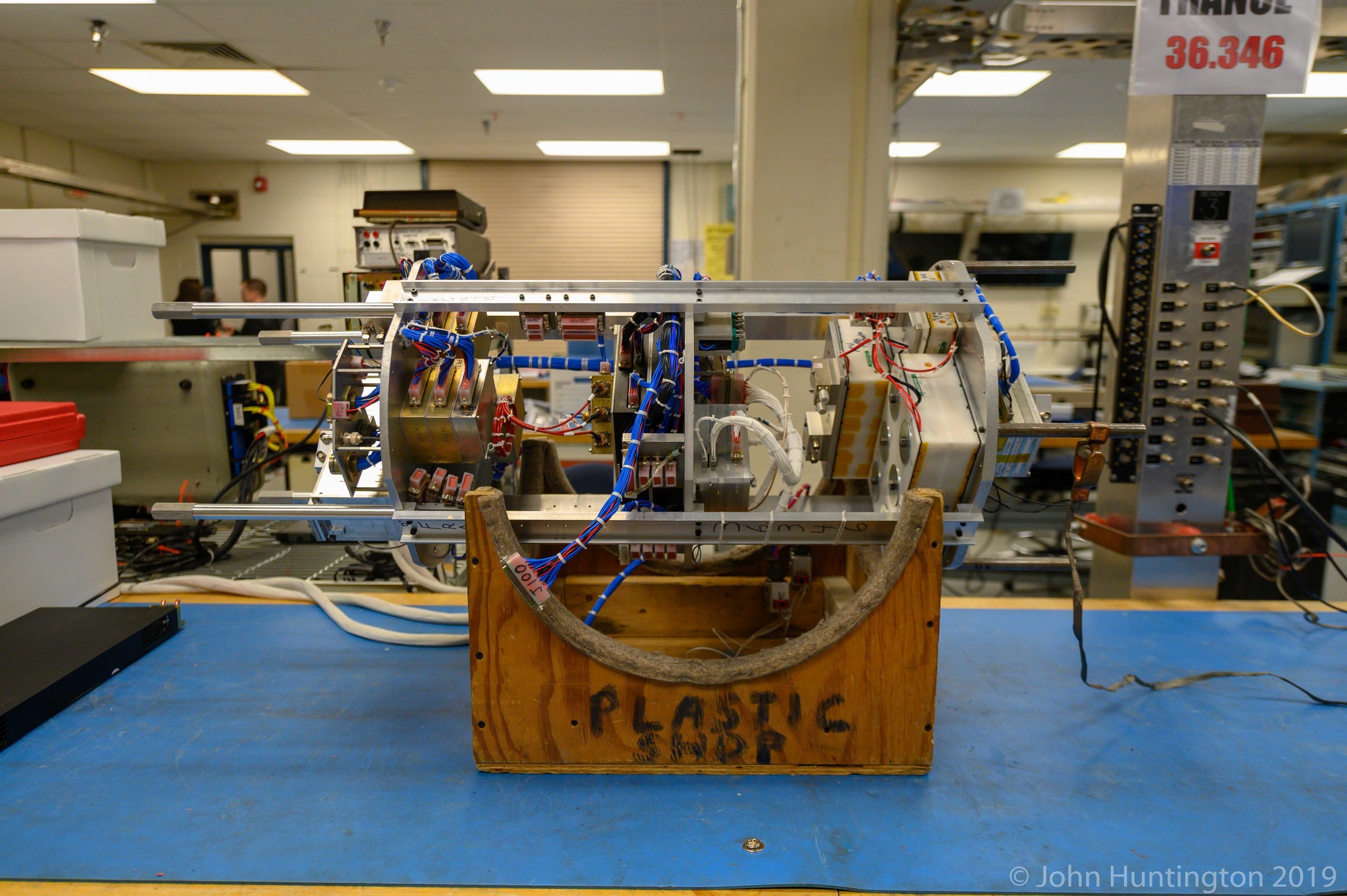
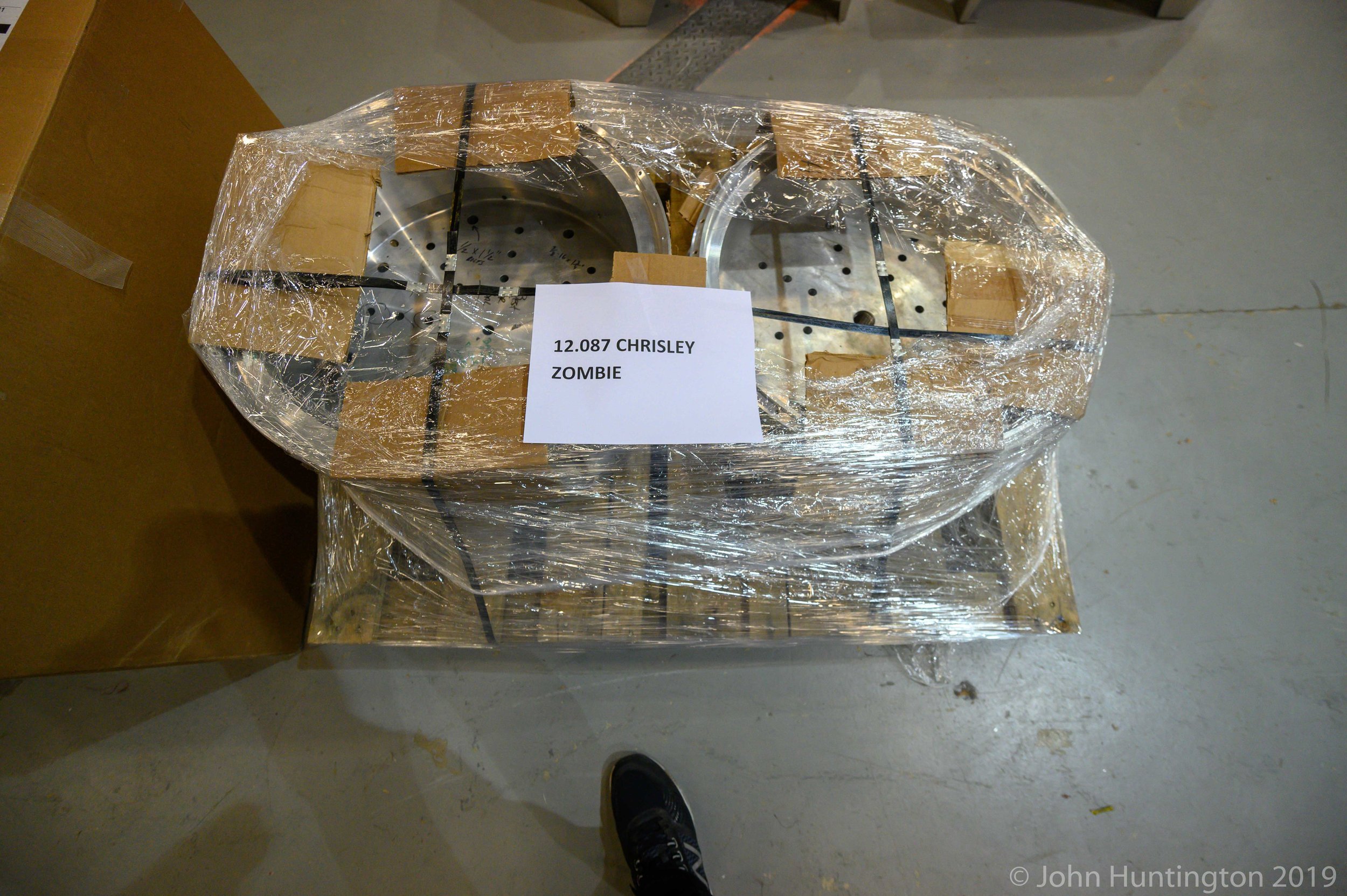
Next, we visited Northrop Grumman’s Horizontal Integration Facility, where they assemble the big rockets for launch.
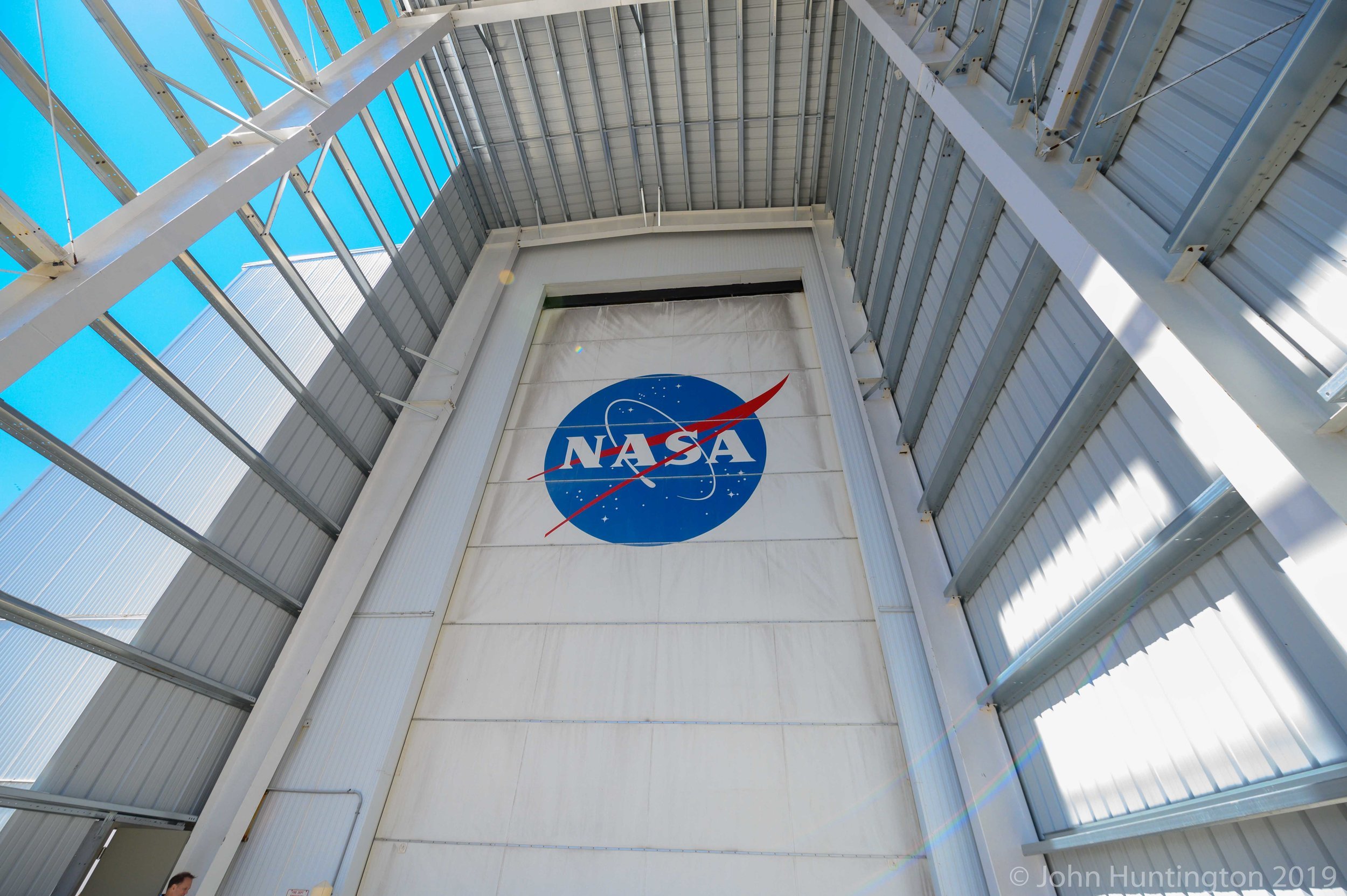
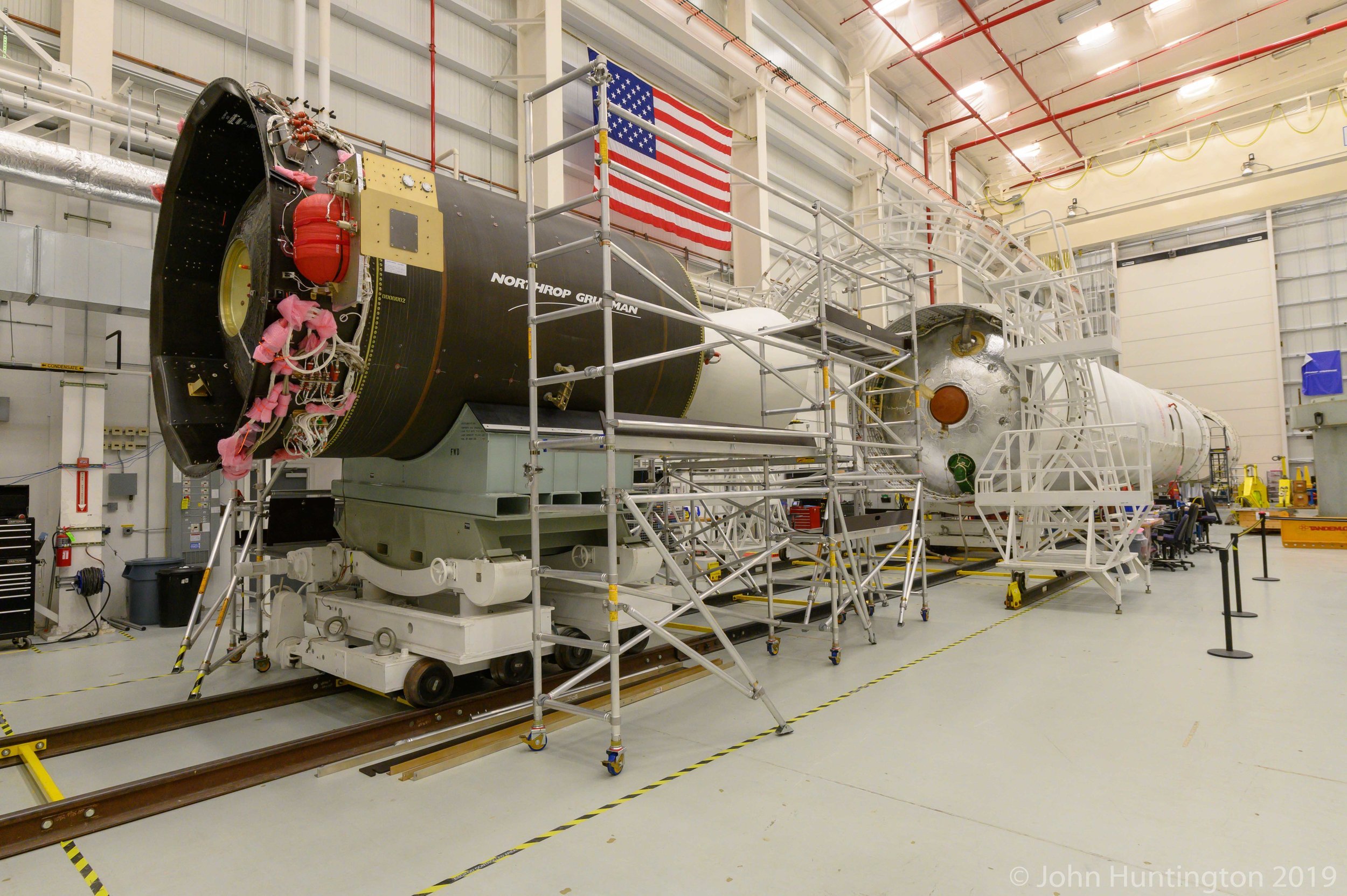
Then we got to travel right next to Pad 0A, where the rocket was in position:
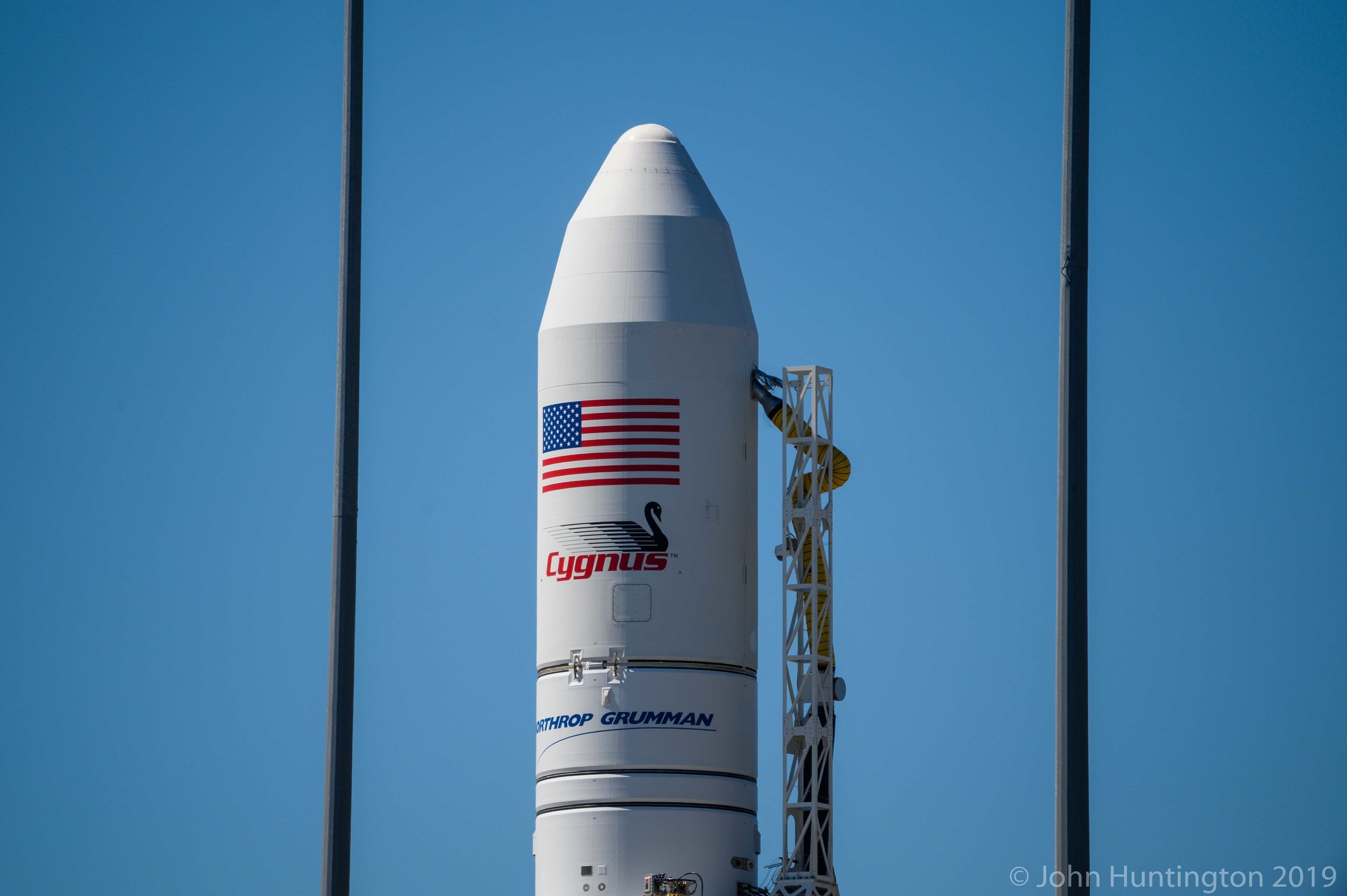
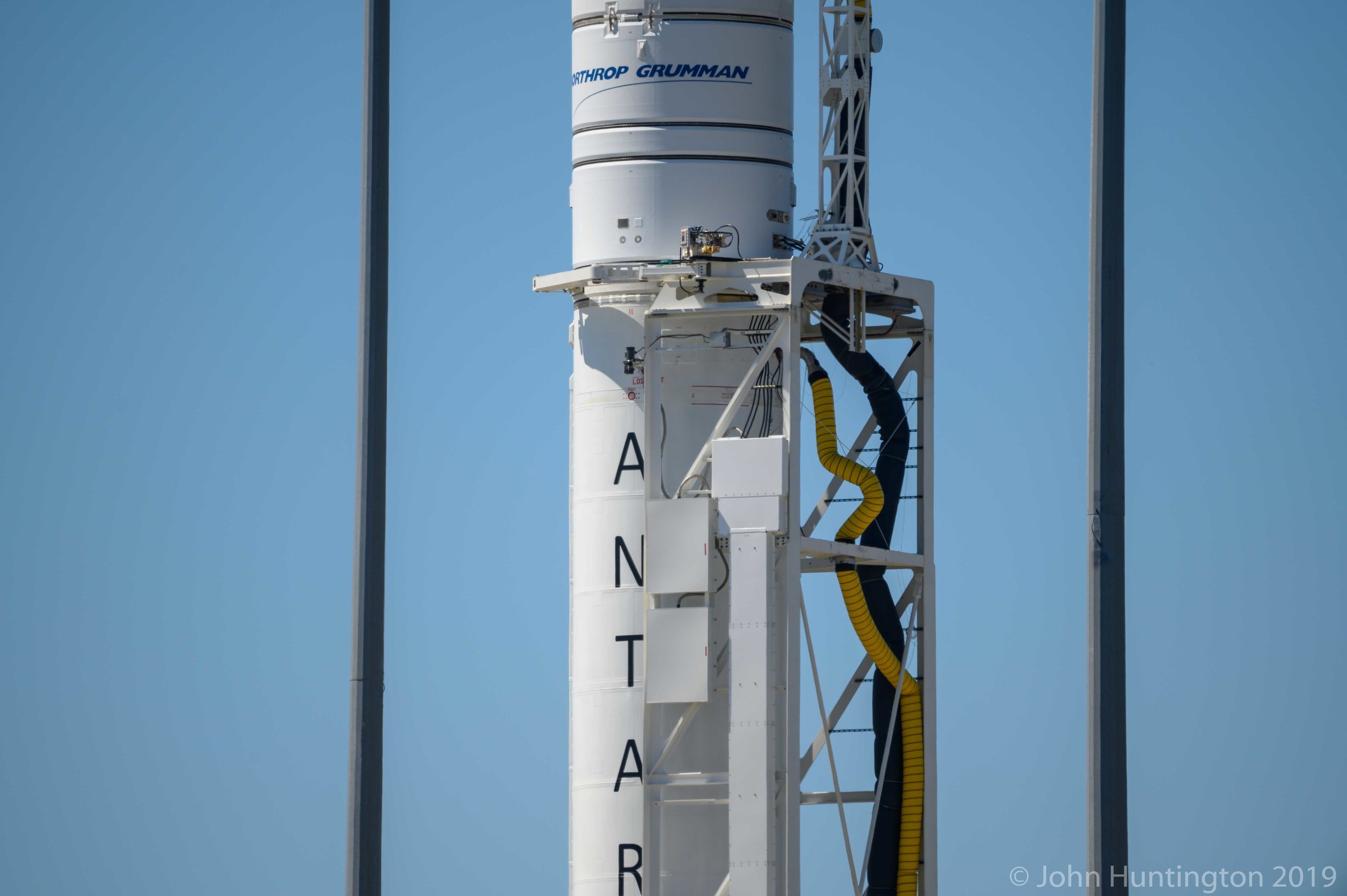

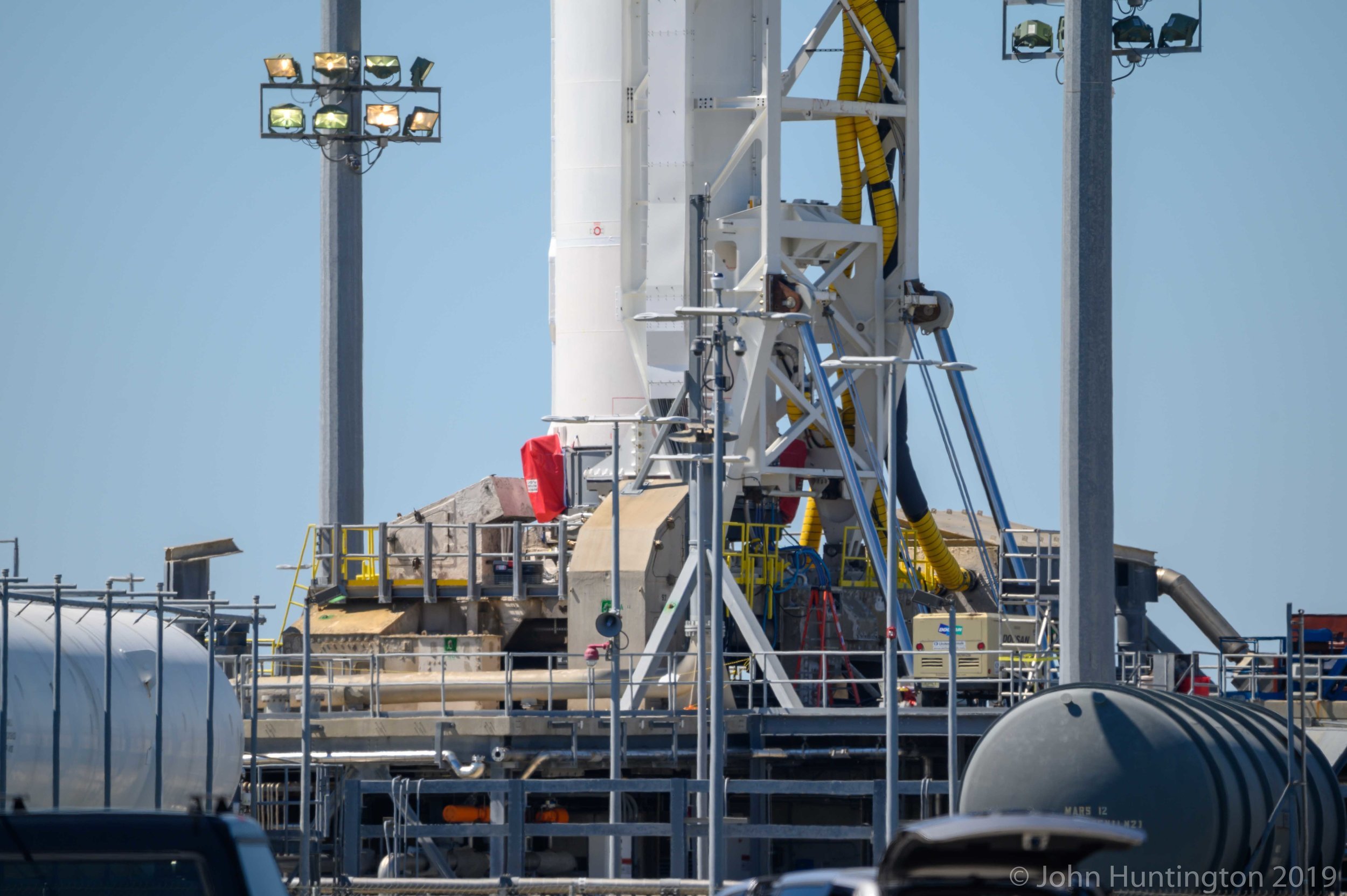
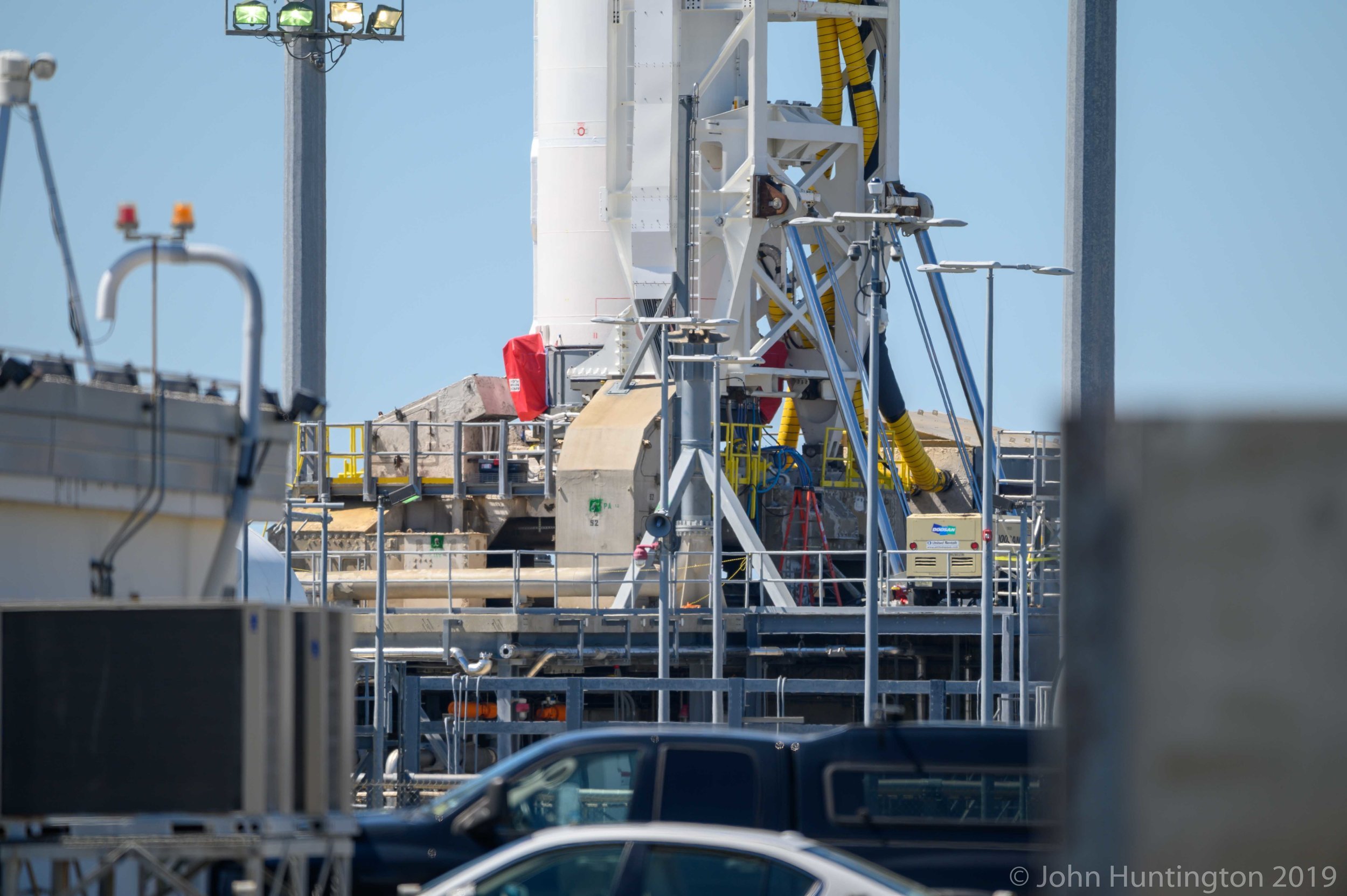
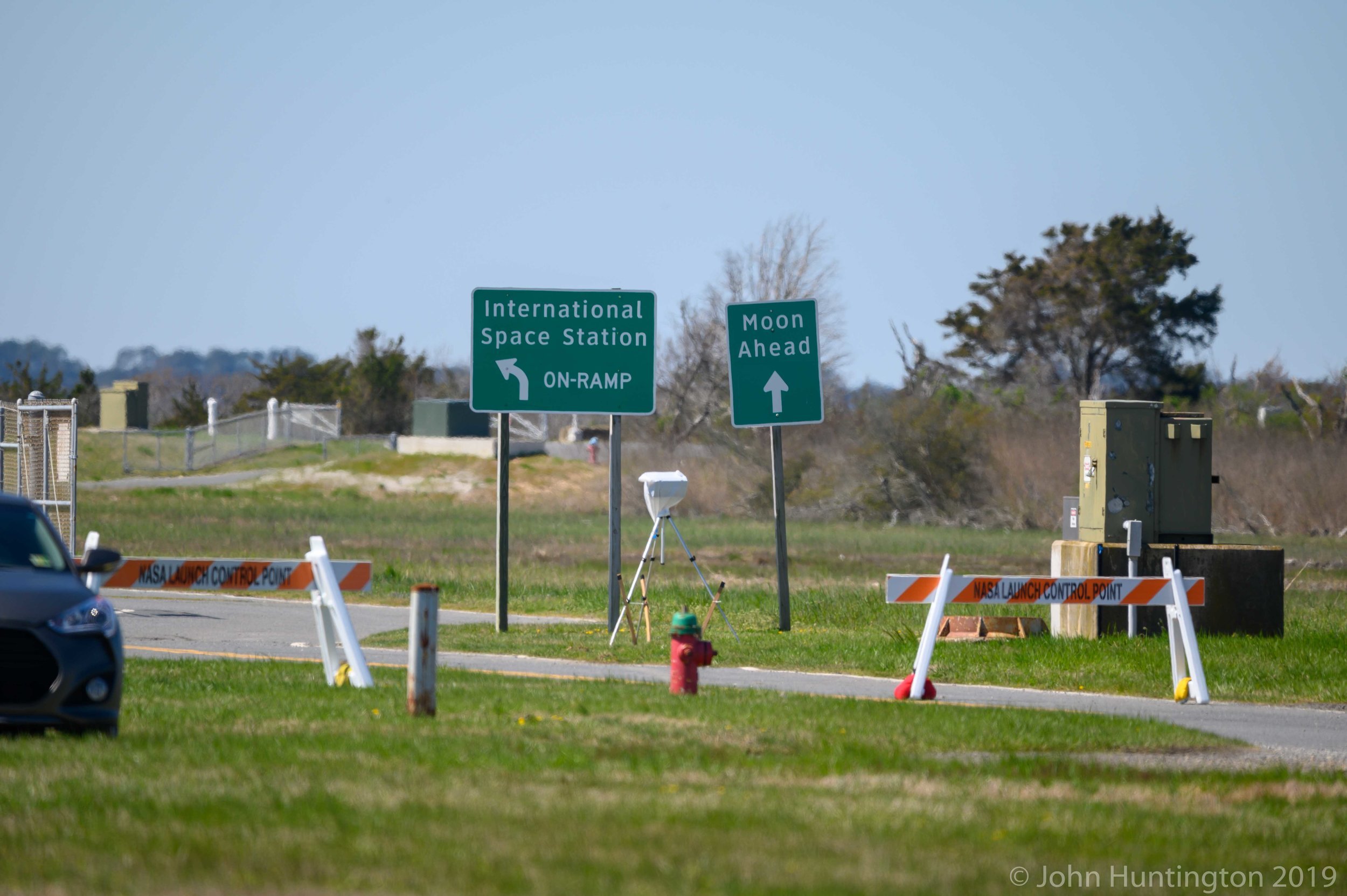
Later in the afternoon we got a briefing on what’s on board, and a briefing on bio nutrients and their role on nutrition in space. The amount of things they have to work out to sustain life in space is simply staggering.
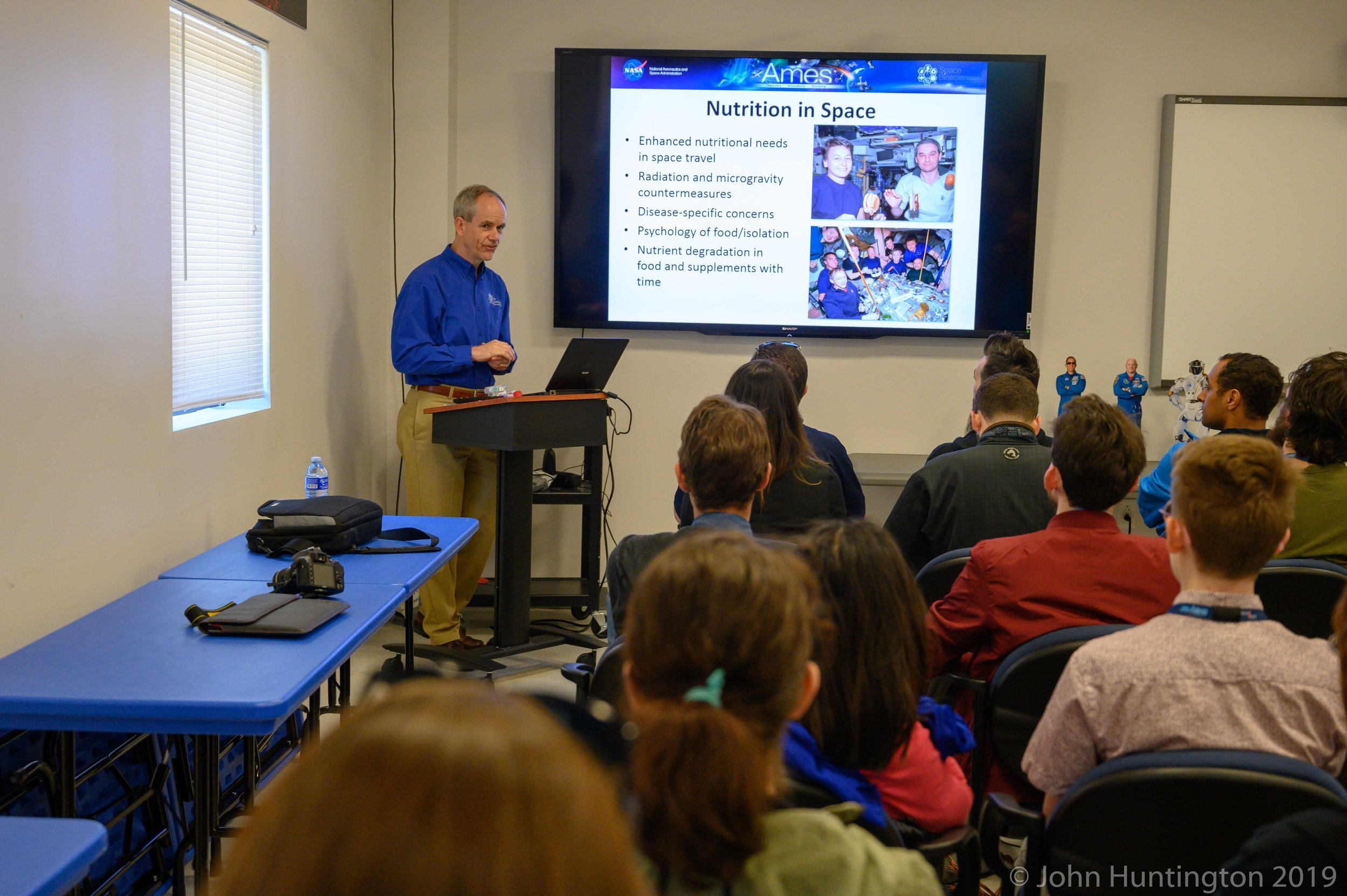
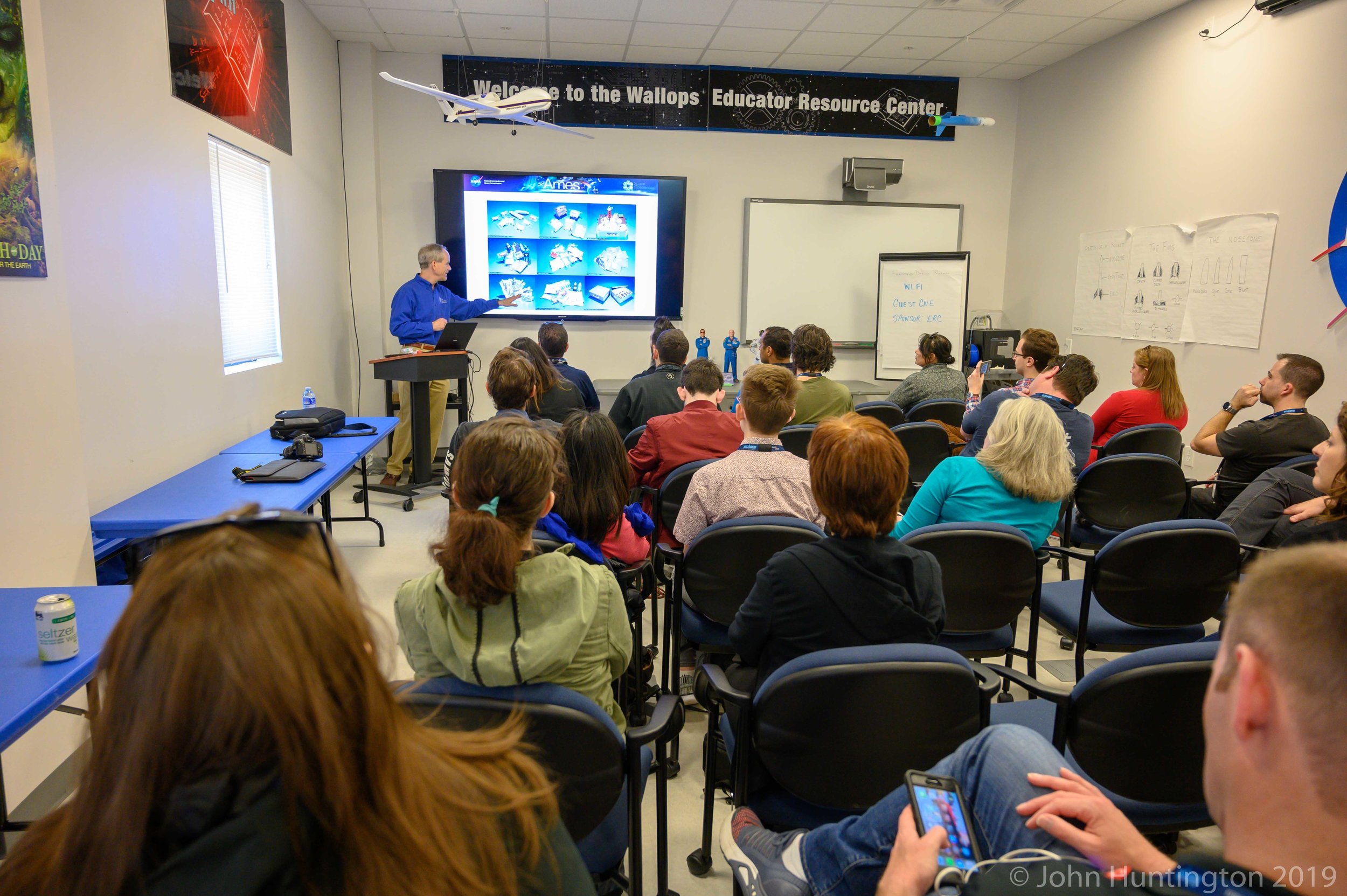


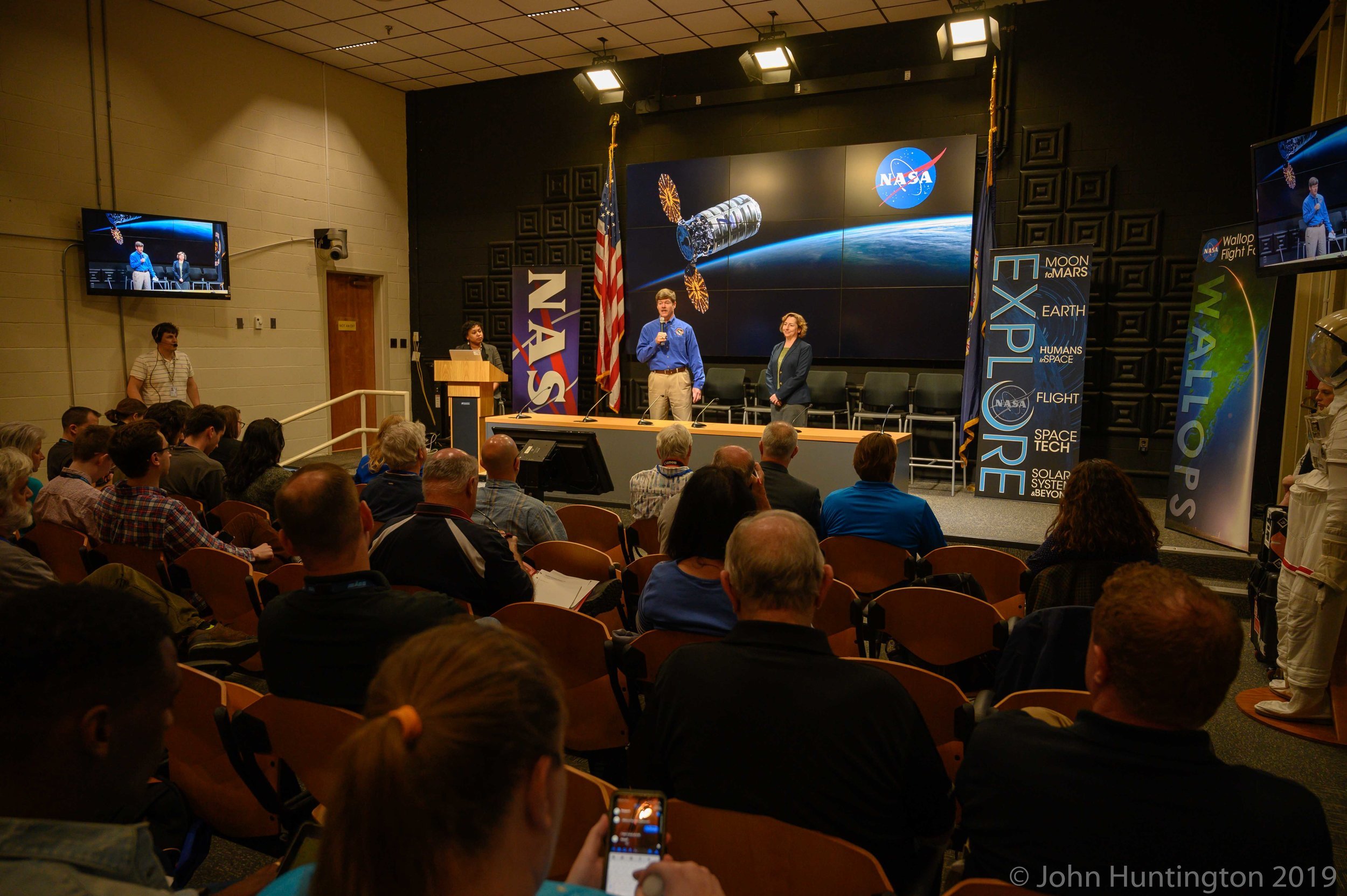
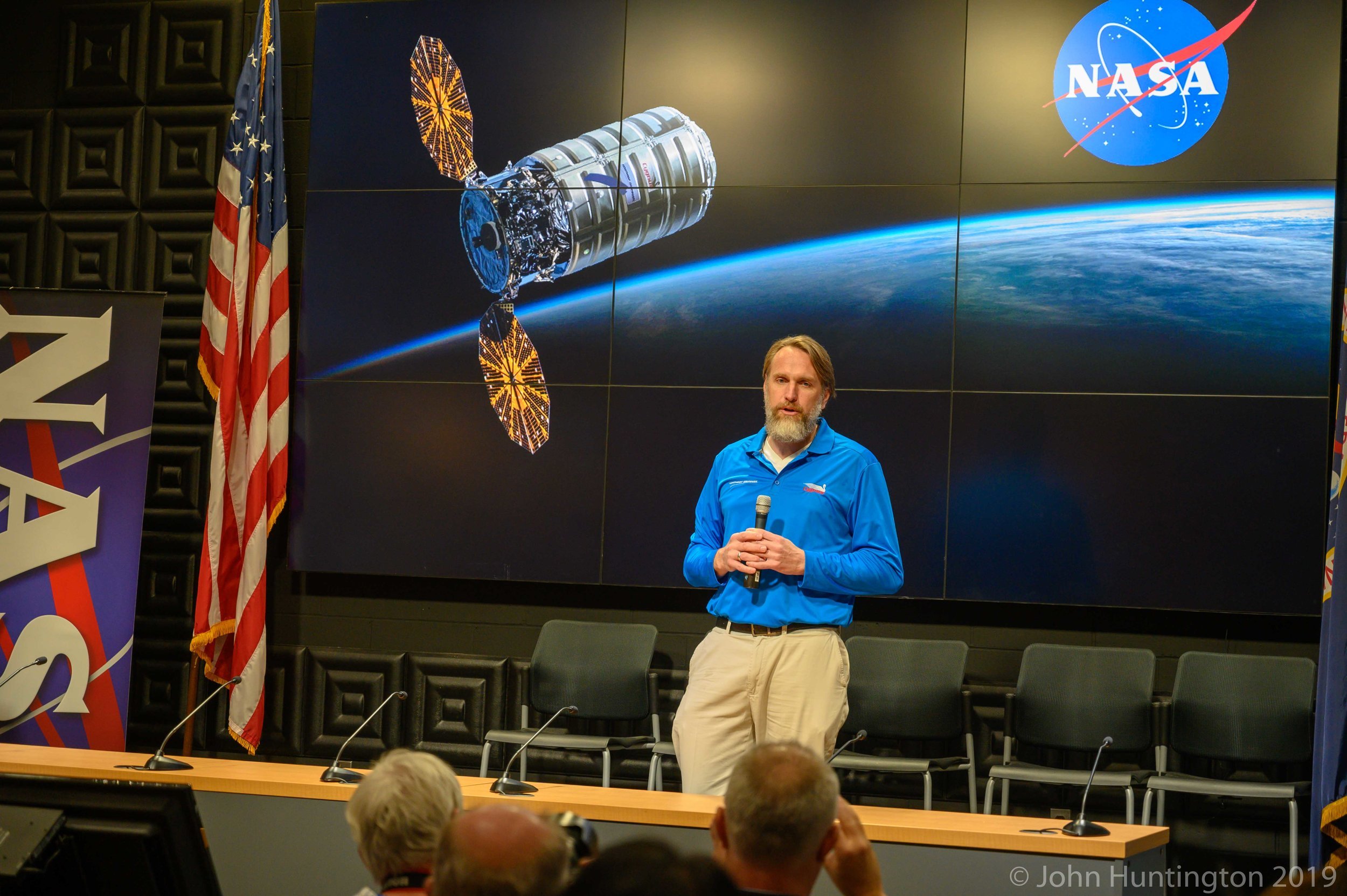
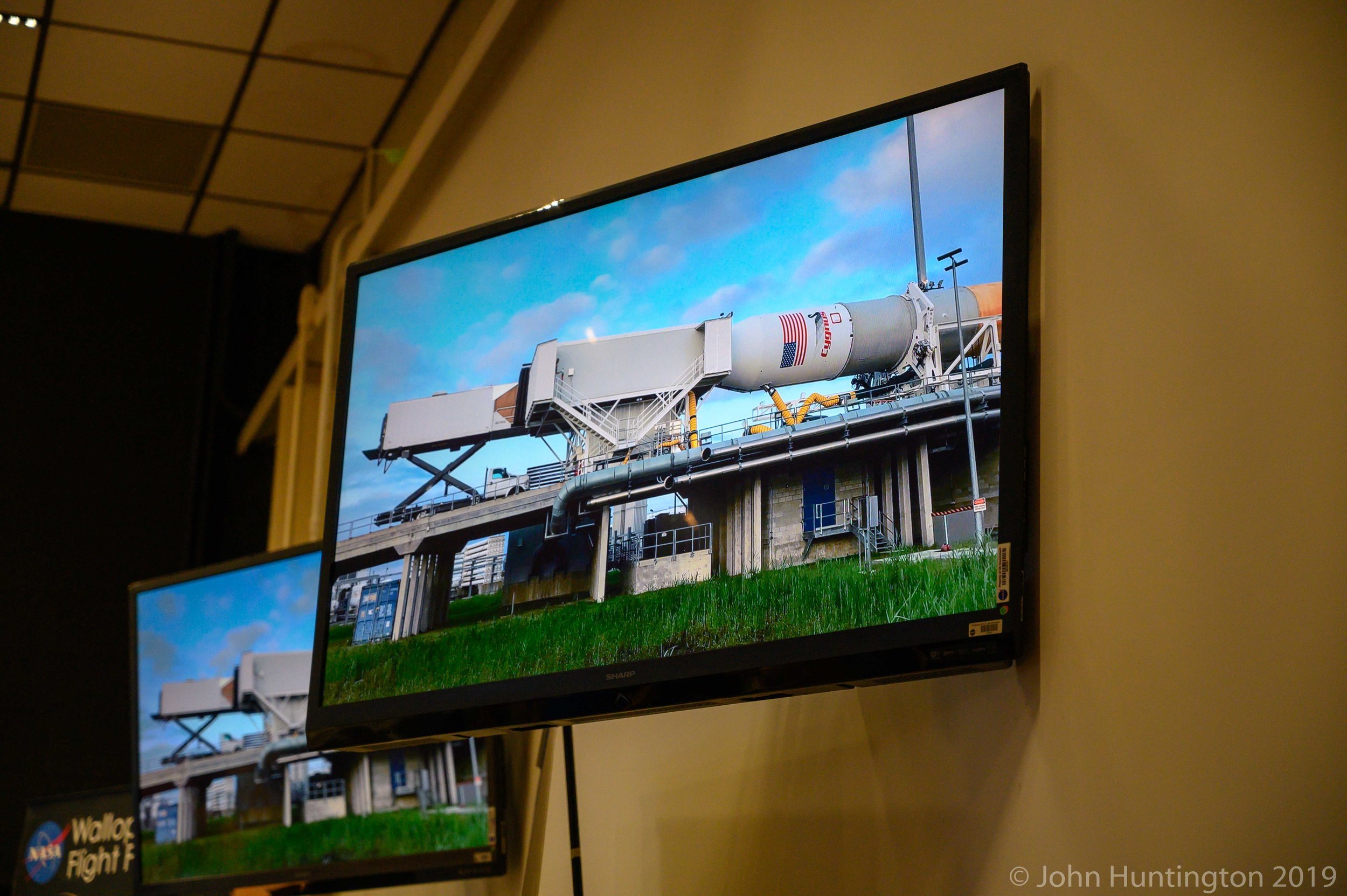
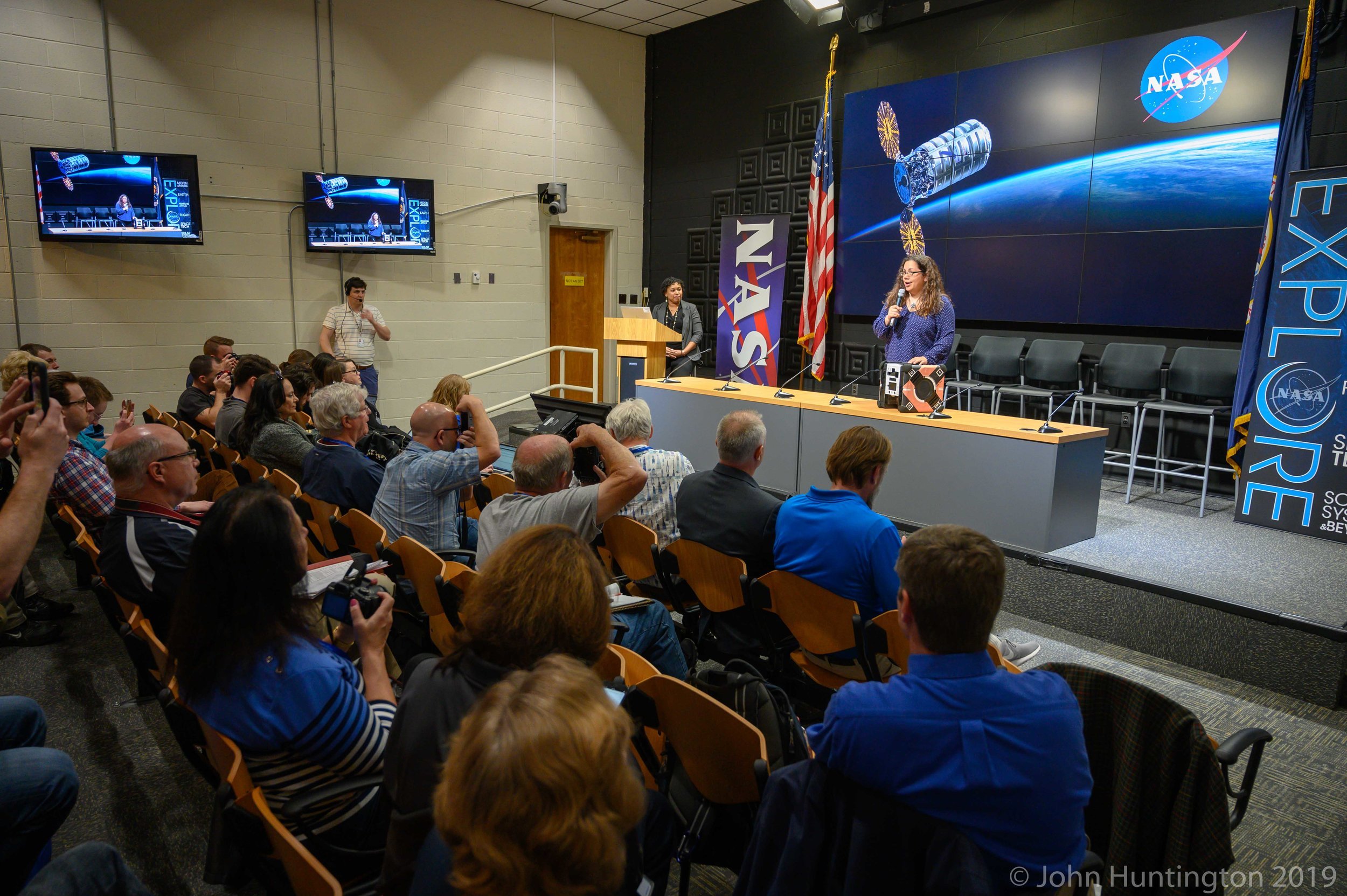

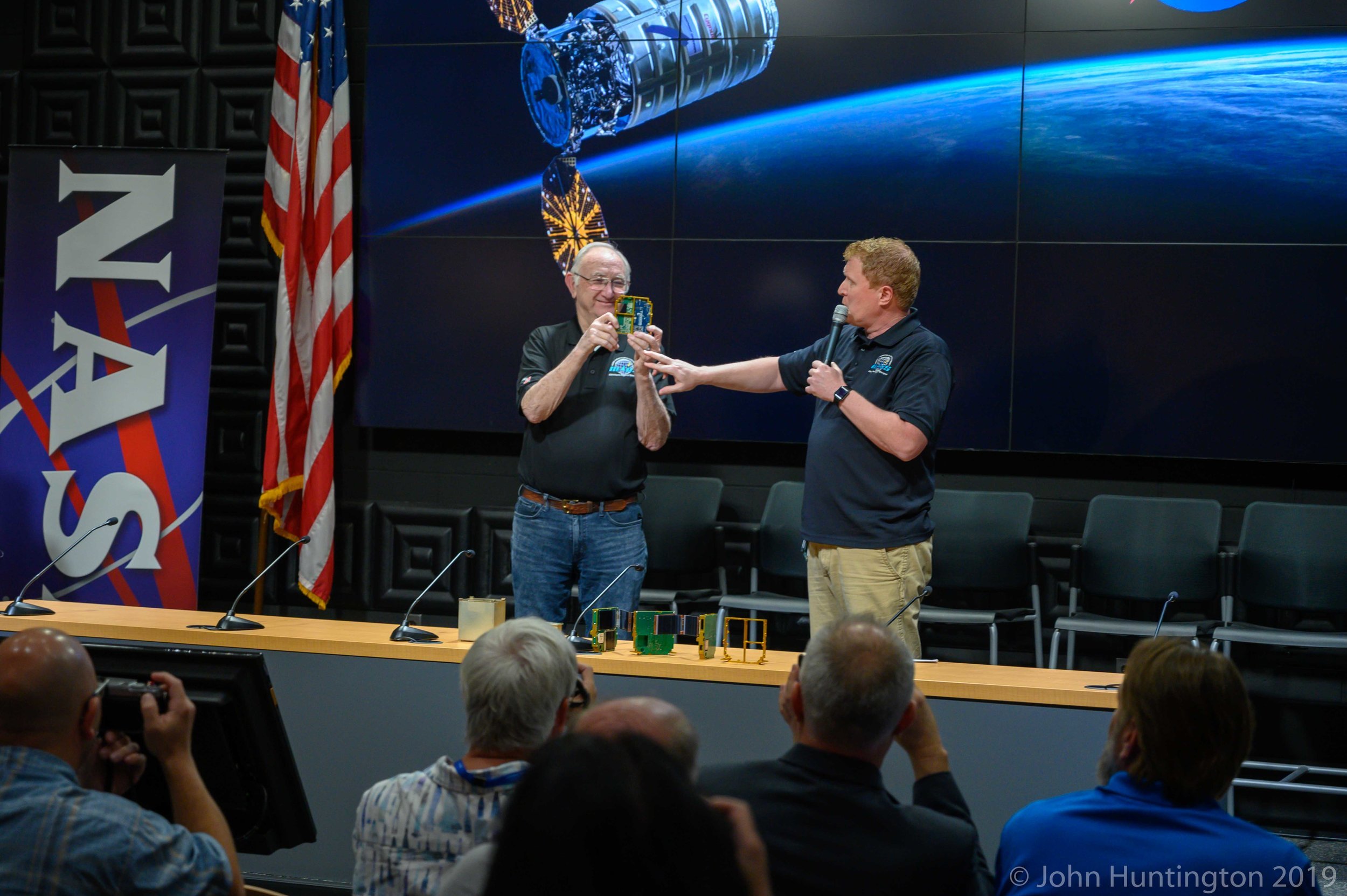
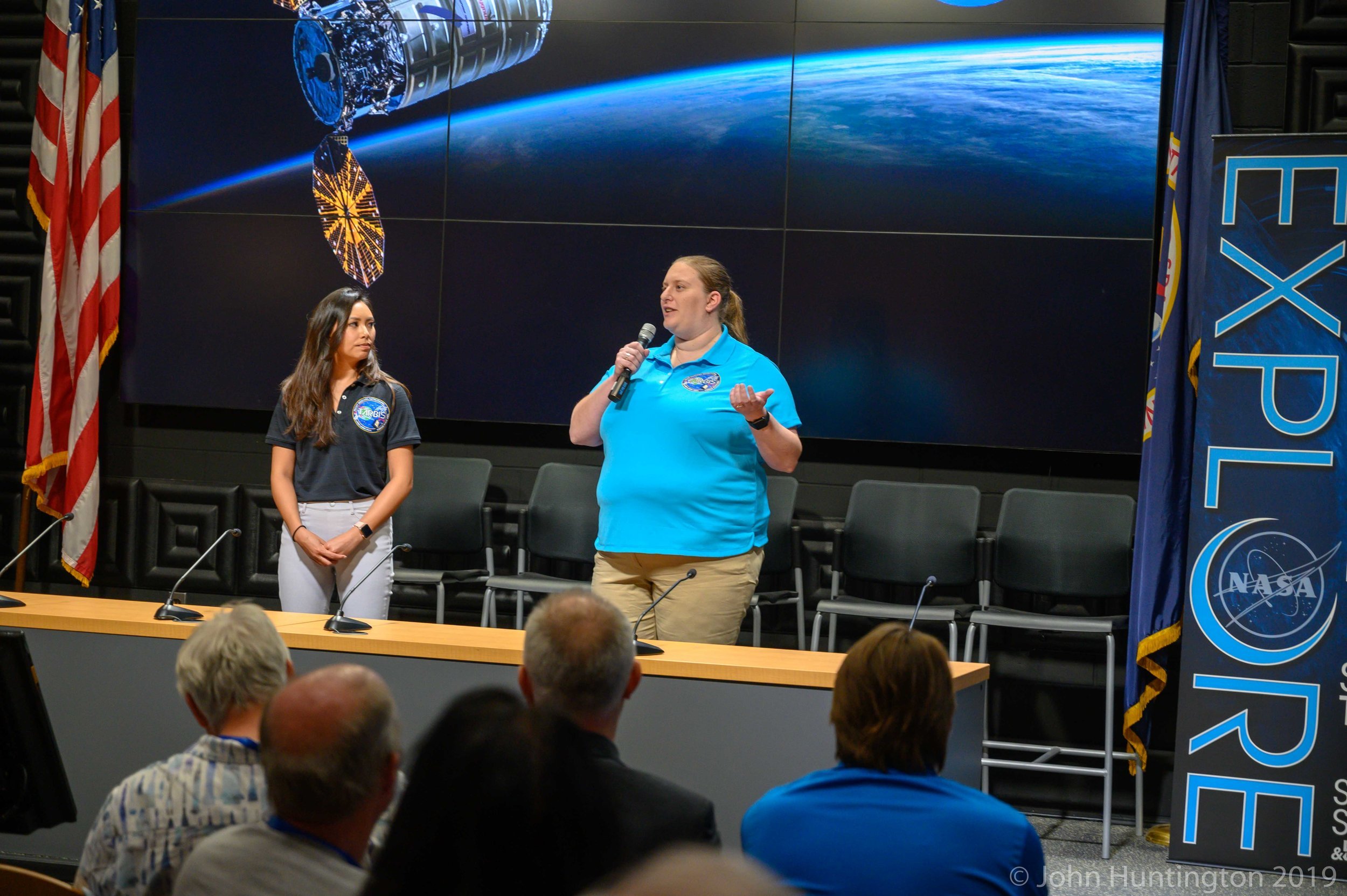
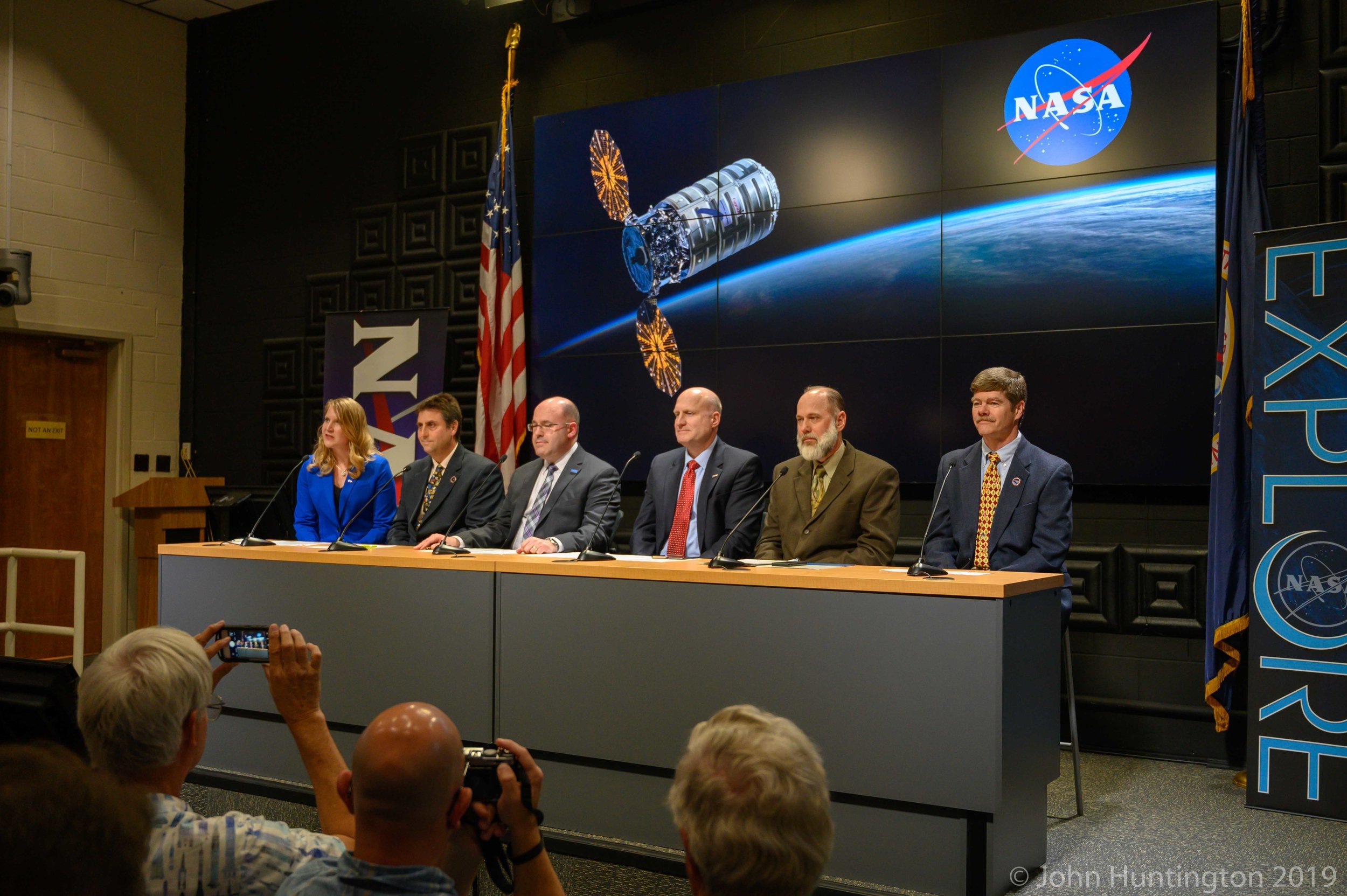
Next was the pre-launch press conference, which was broadcast on NASA TV.. You can view an archive of the conference here.
That evening I showed a new friend from the social Chincoteague, and we caught some ponies at sunset. It’s still off season in this beach town so finding dinner was a bit of a challenge but we ended up at a pretty nice place.
The next morning we had a nice session with astronaut Robert Curbeam, who was a real inspiration. He works now for Northrup Grumman but flew on the shuttle so most of our questions were about that. He said (paraphrasing) that “you may leave the earth not a conservationist, but you will return one”.
After lunch we got a tour of the Near Earth Network tour dishes back on the Wallops base, which was also really cool, including the main dish which was used on the Apollo missions. In the photos here the dishes are mostly pointed right at the launch pad.:
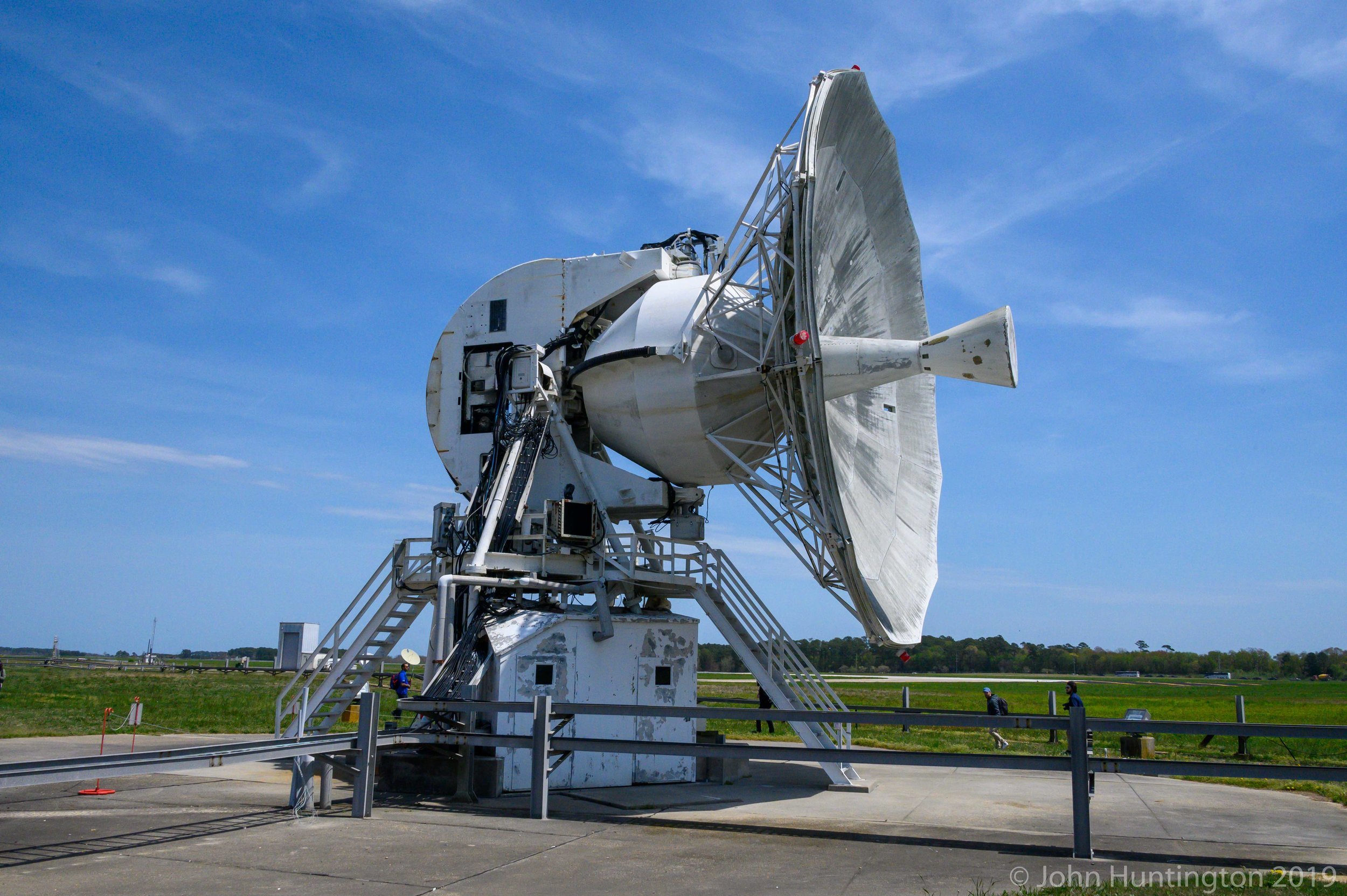
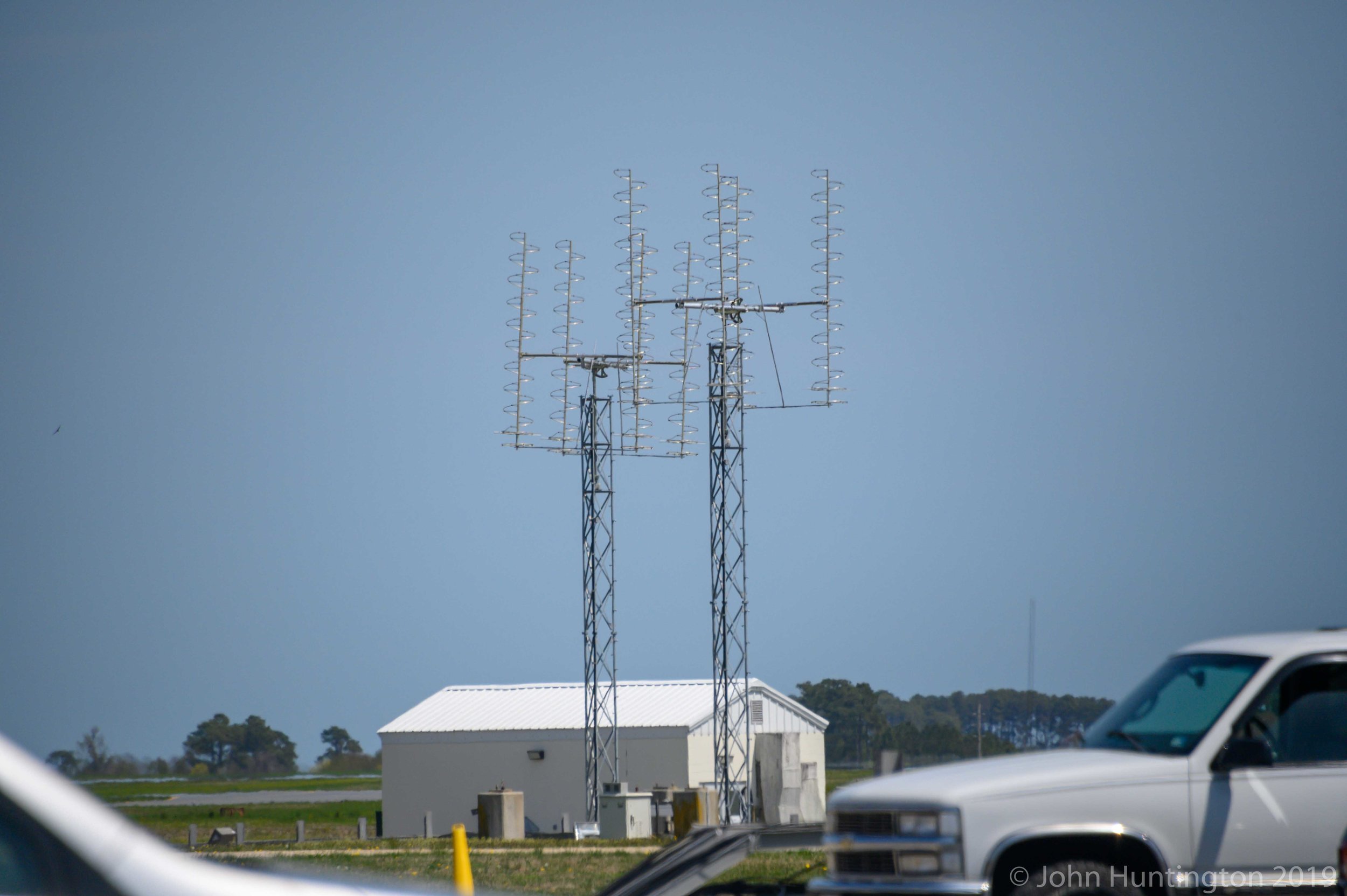

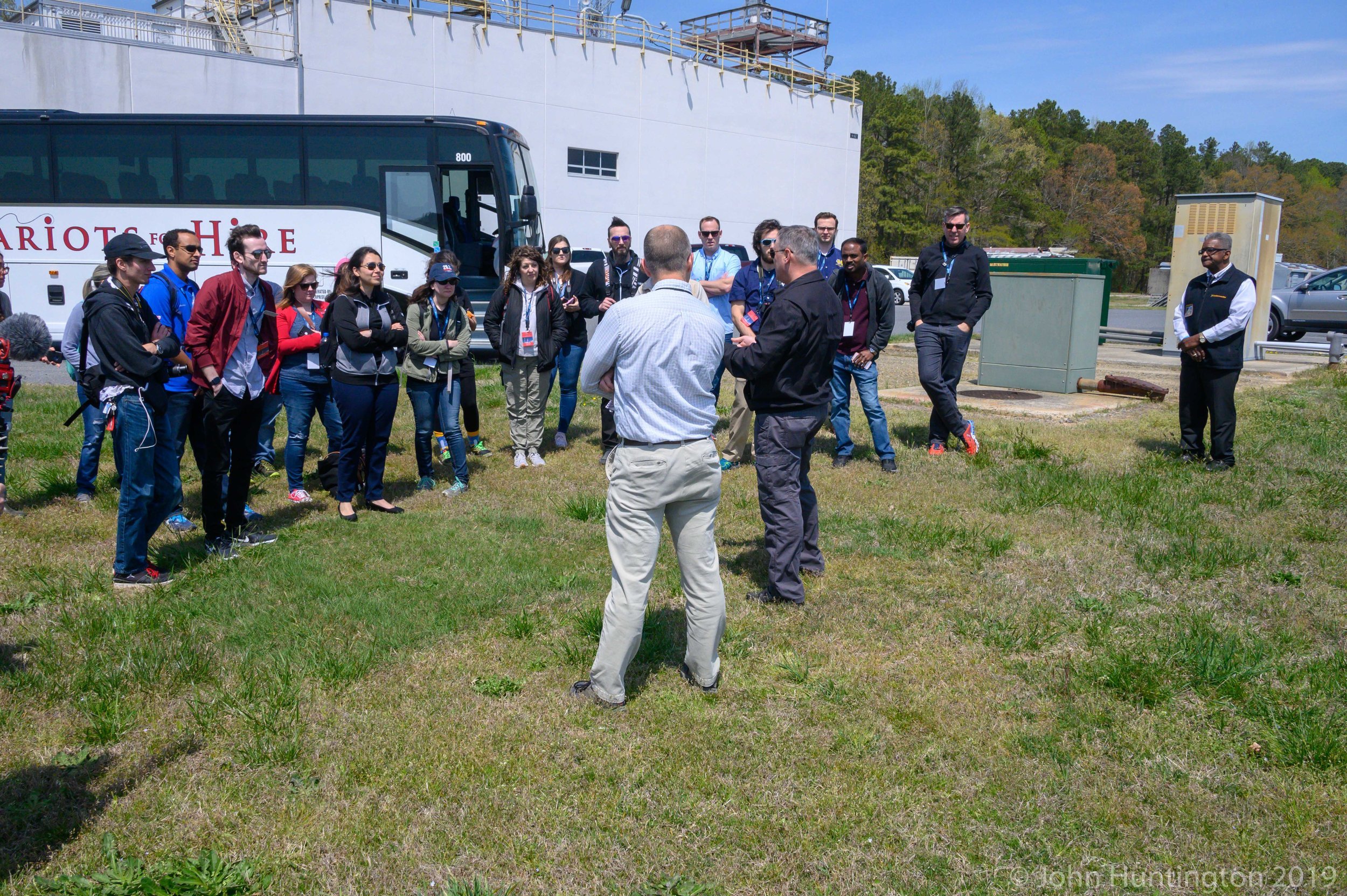
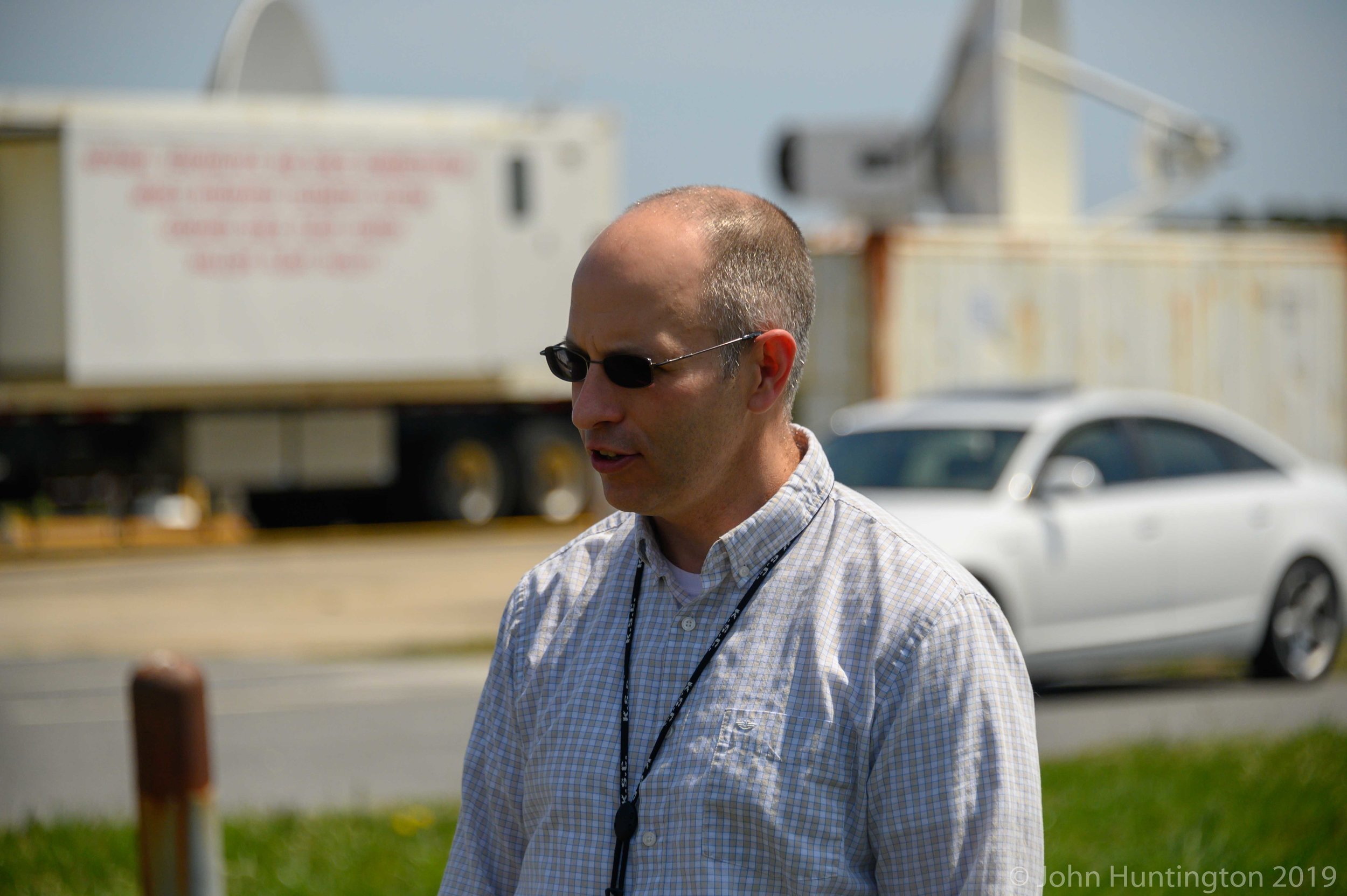
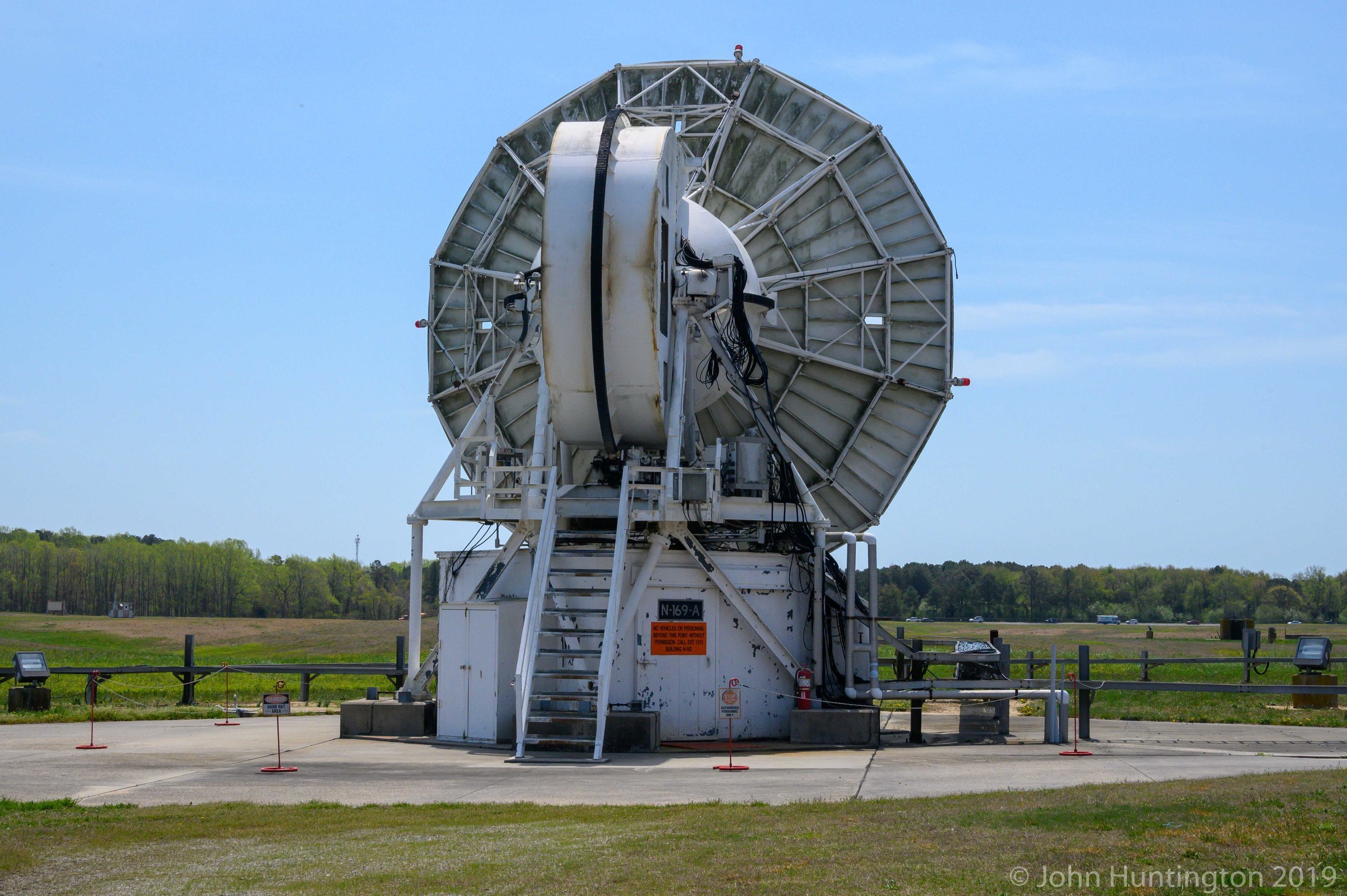

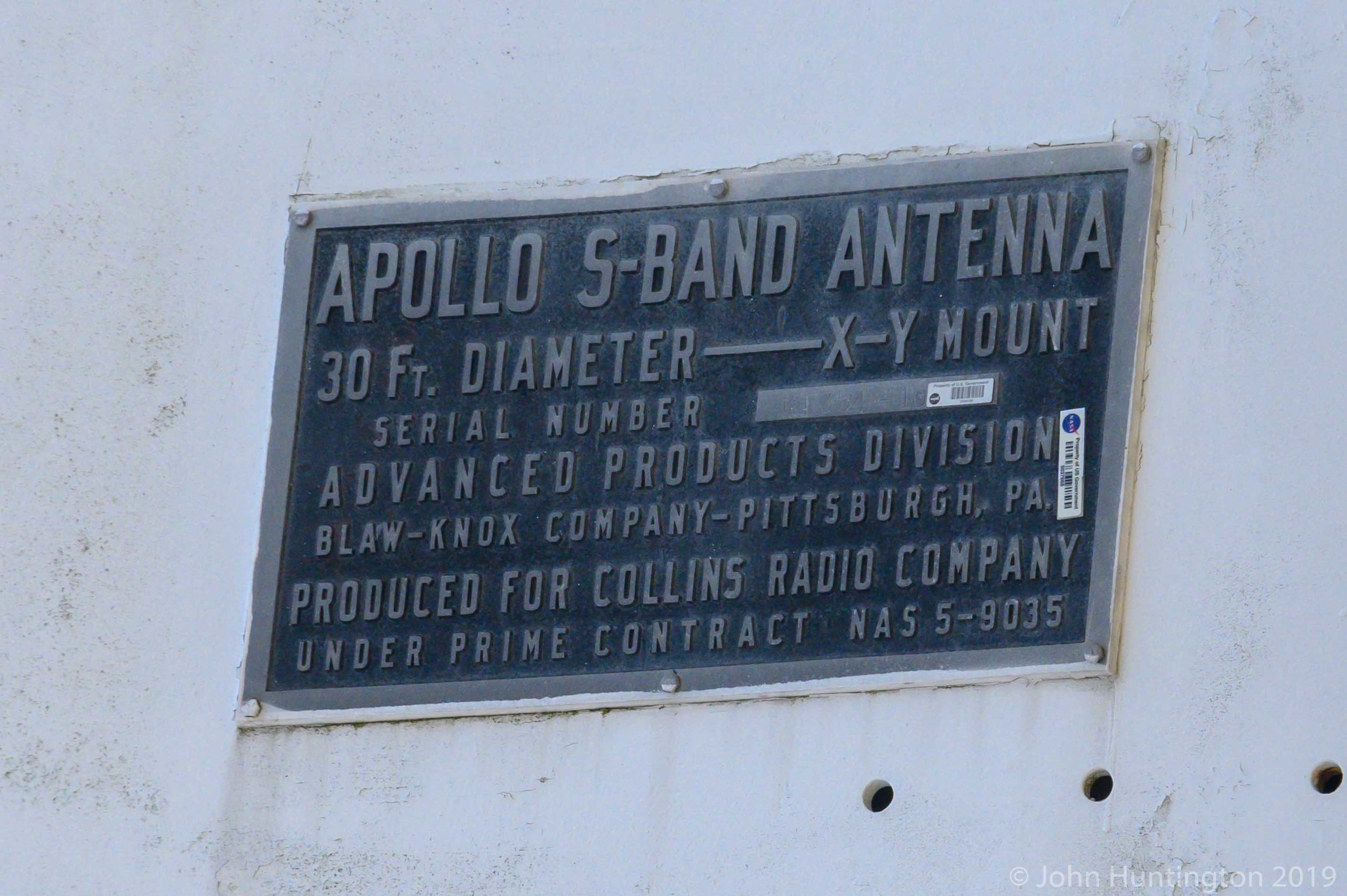
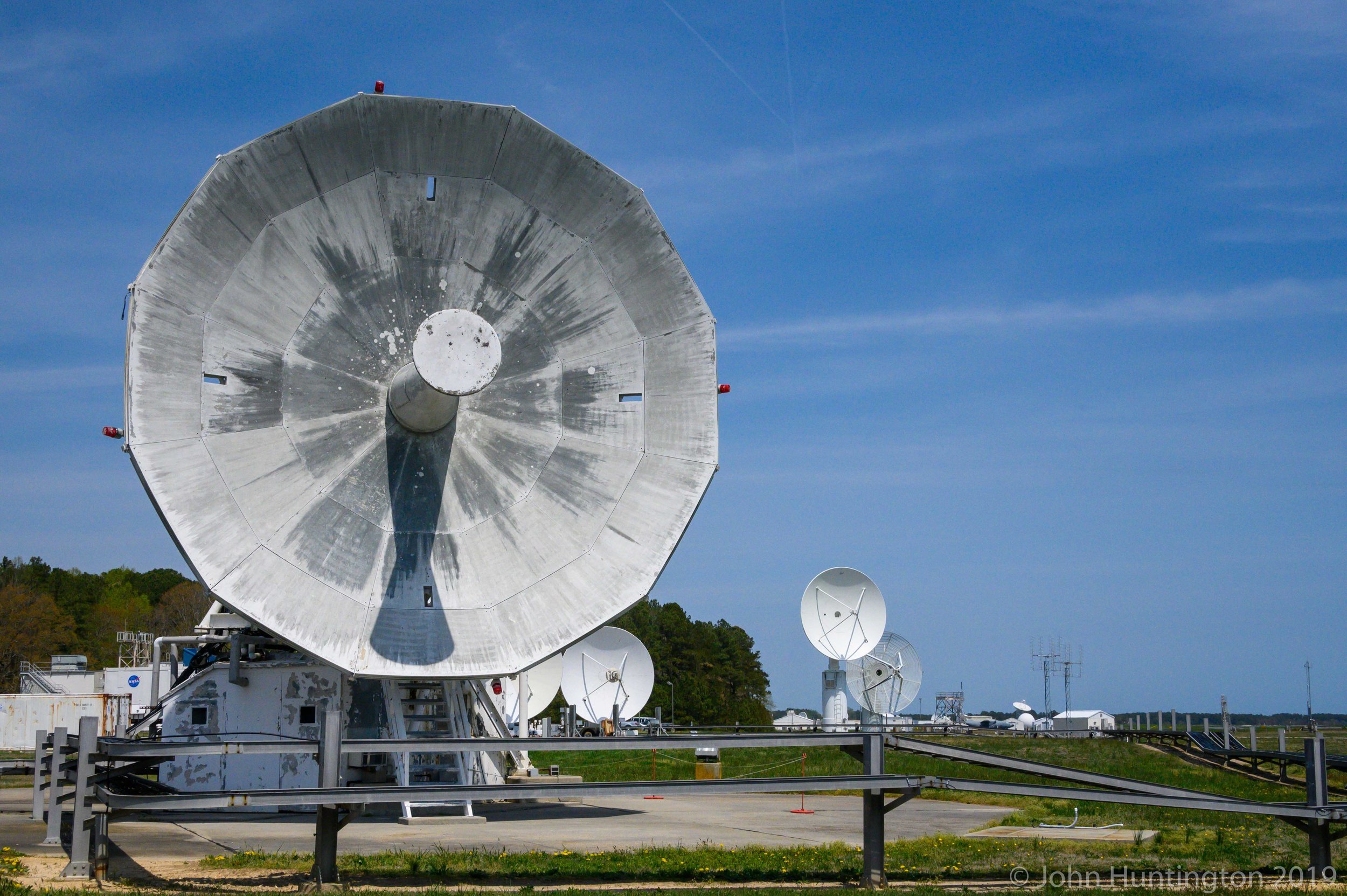
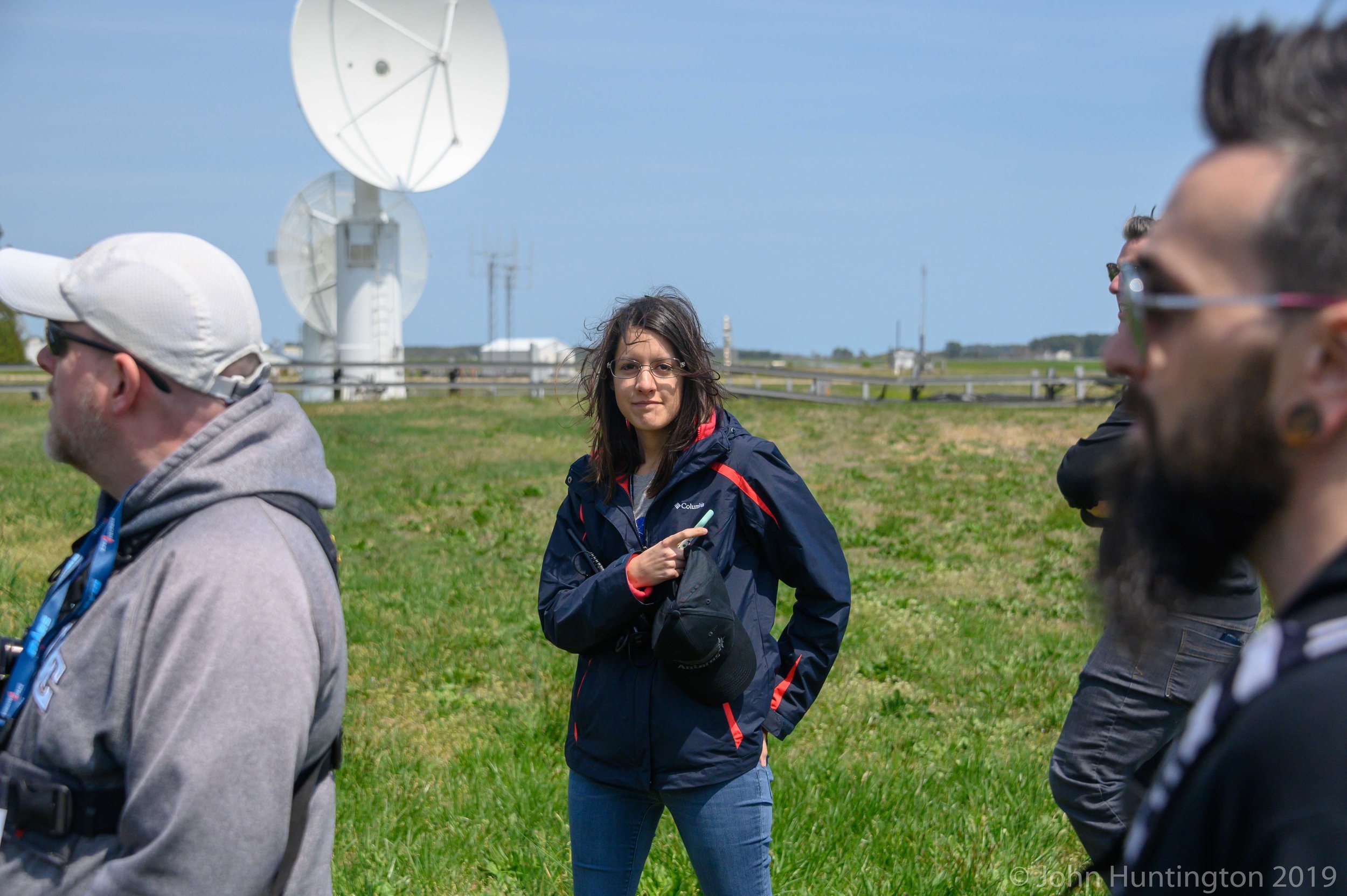
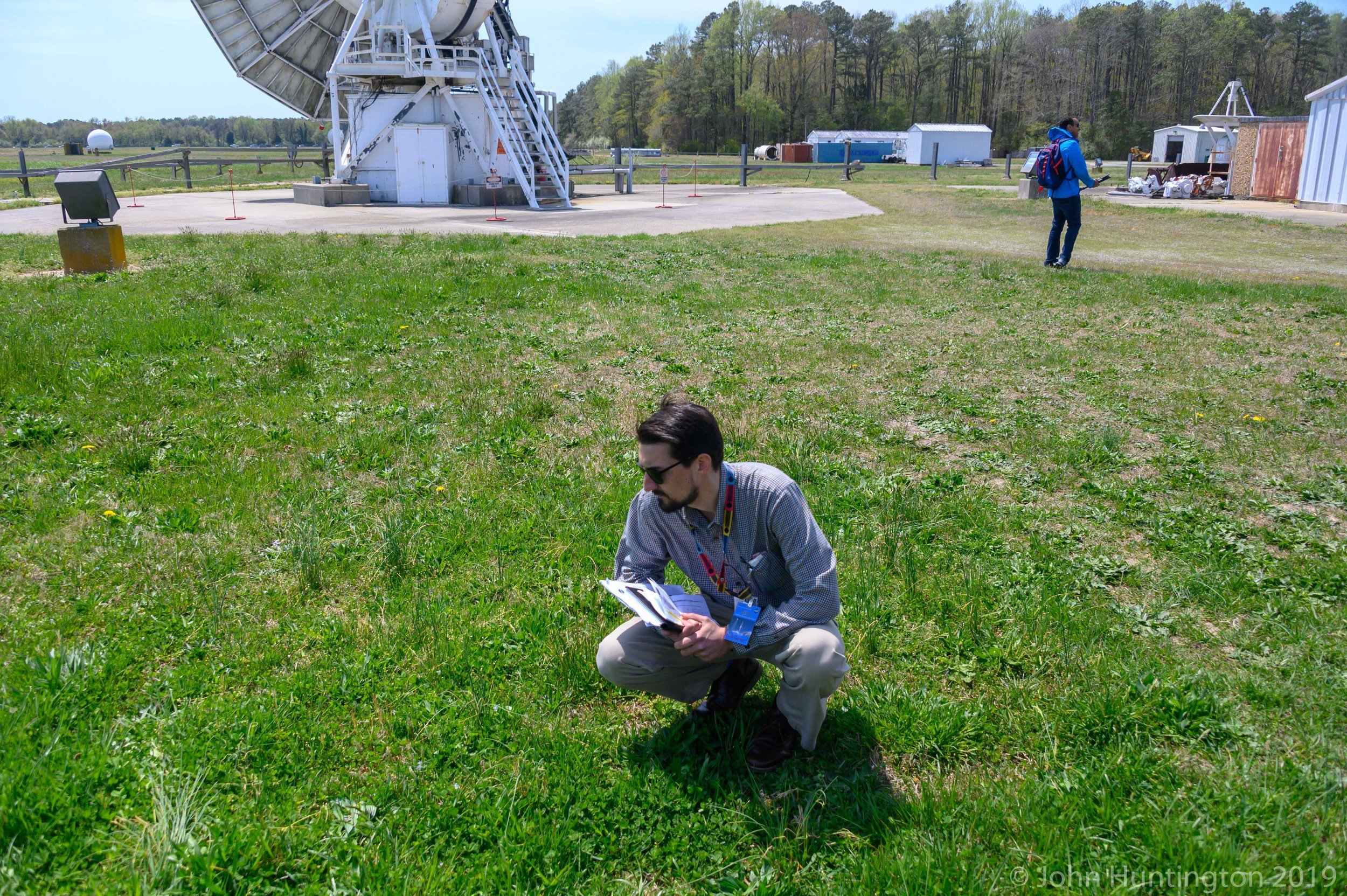
Next up we got a tour of one of the Wallops aircraft hangars. They get a lot of hand-me-down planes; during the presentation, one of their new acquisitions—a C-130 formerly from the Coast Guard, landed, and we got to go on it.
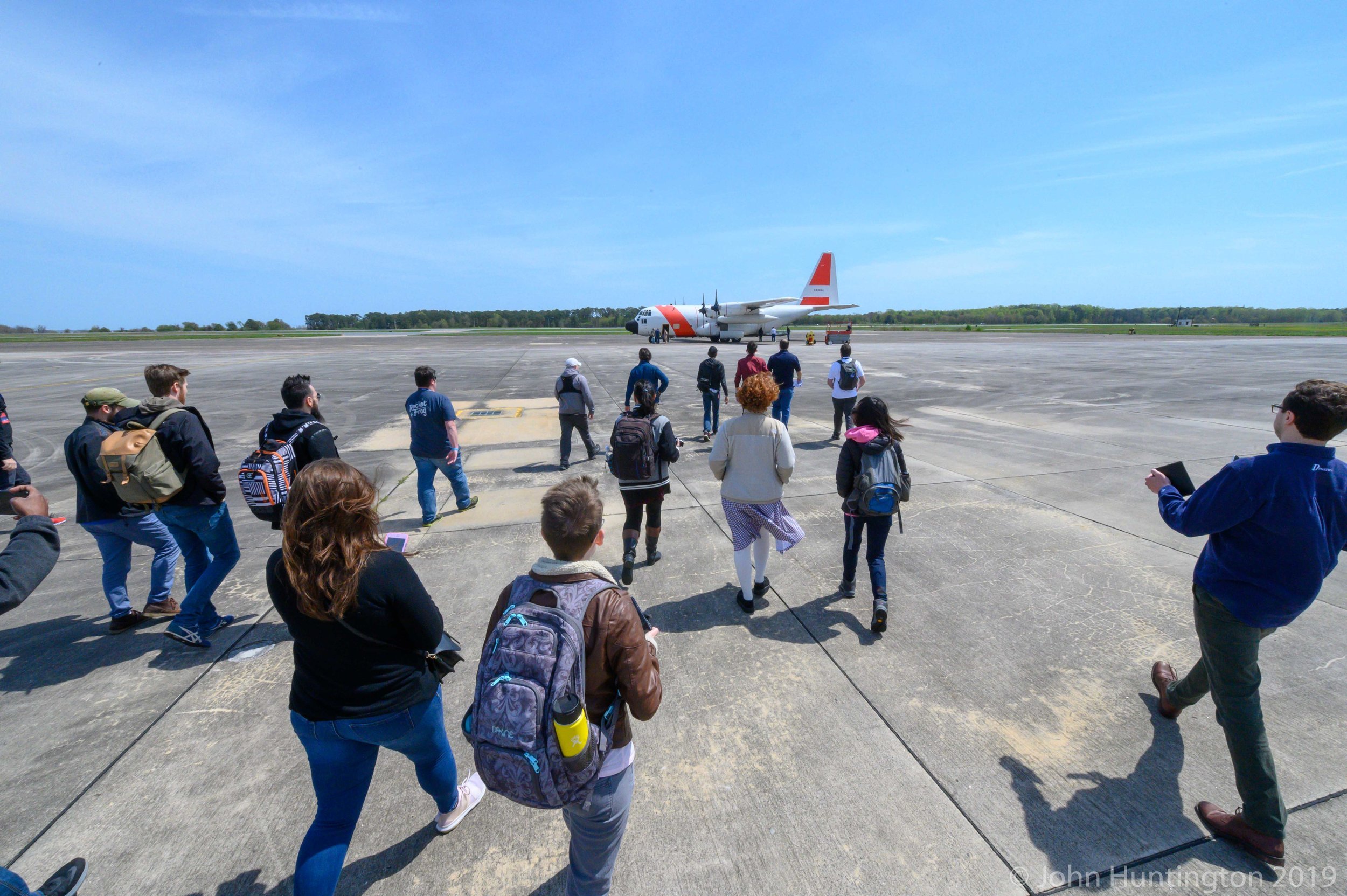

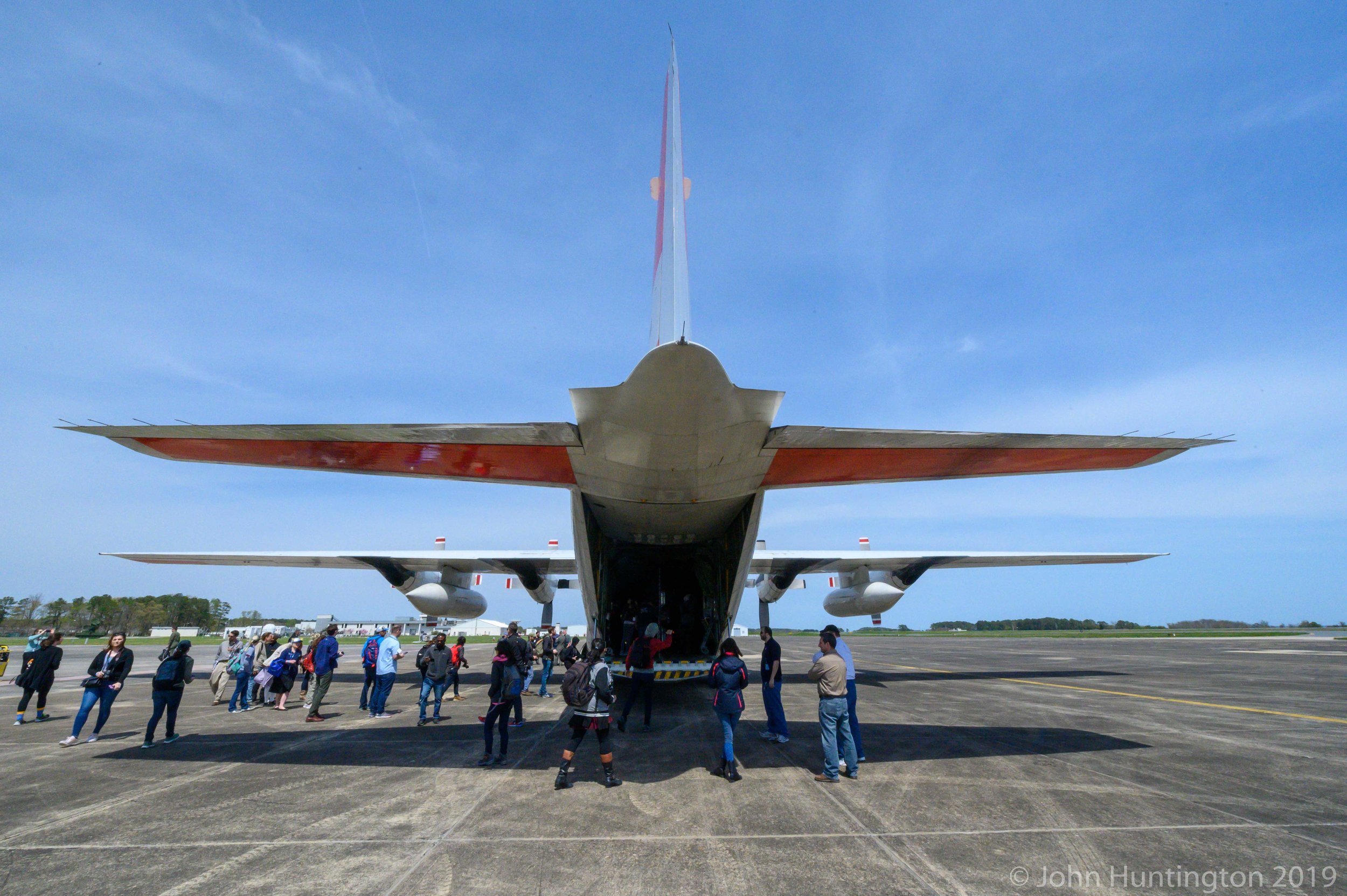
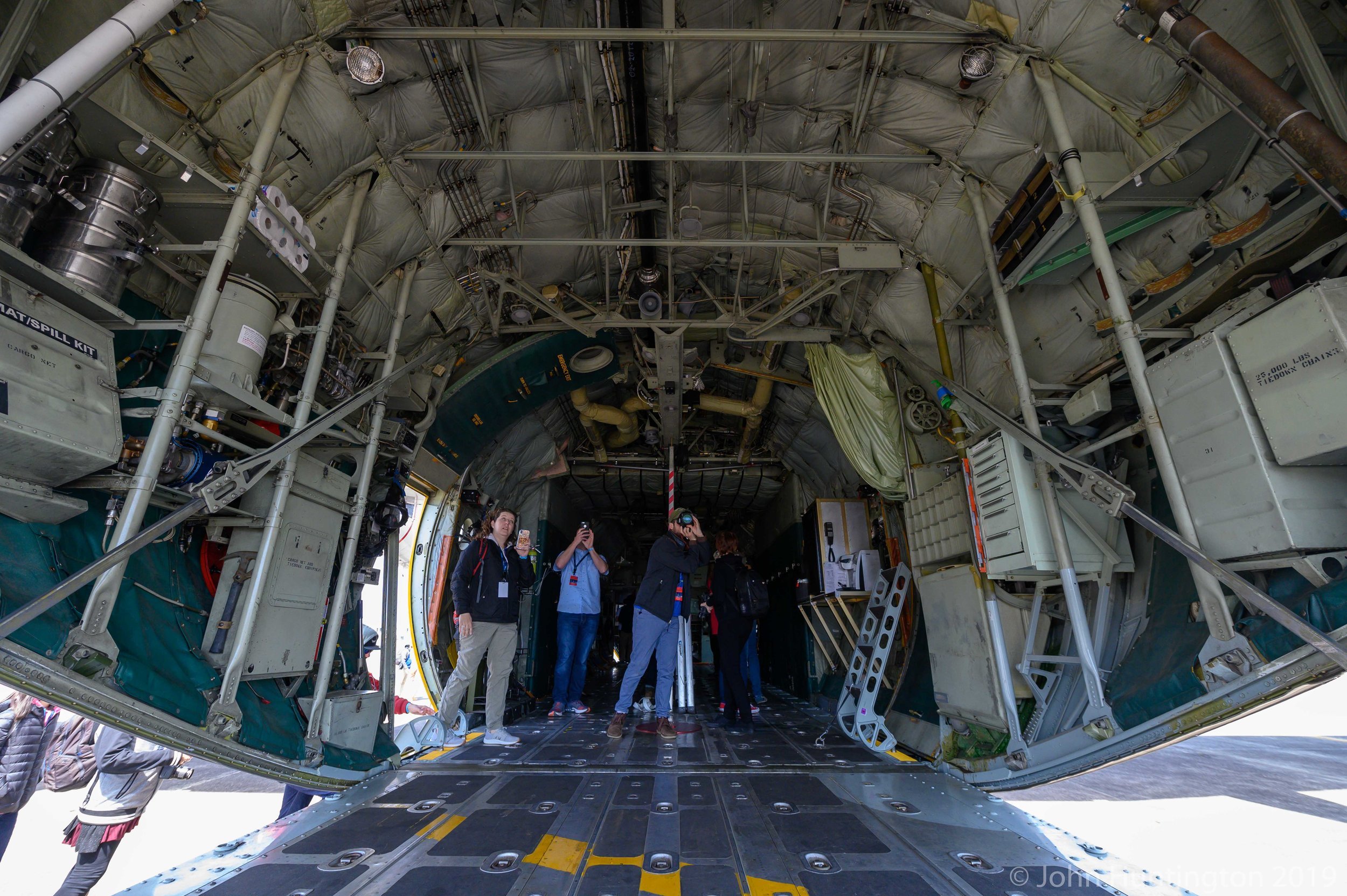

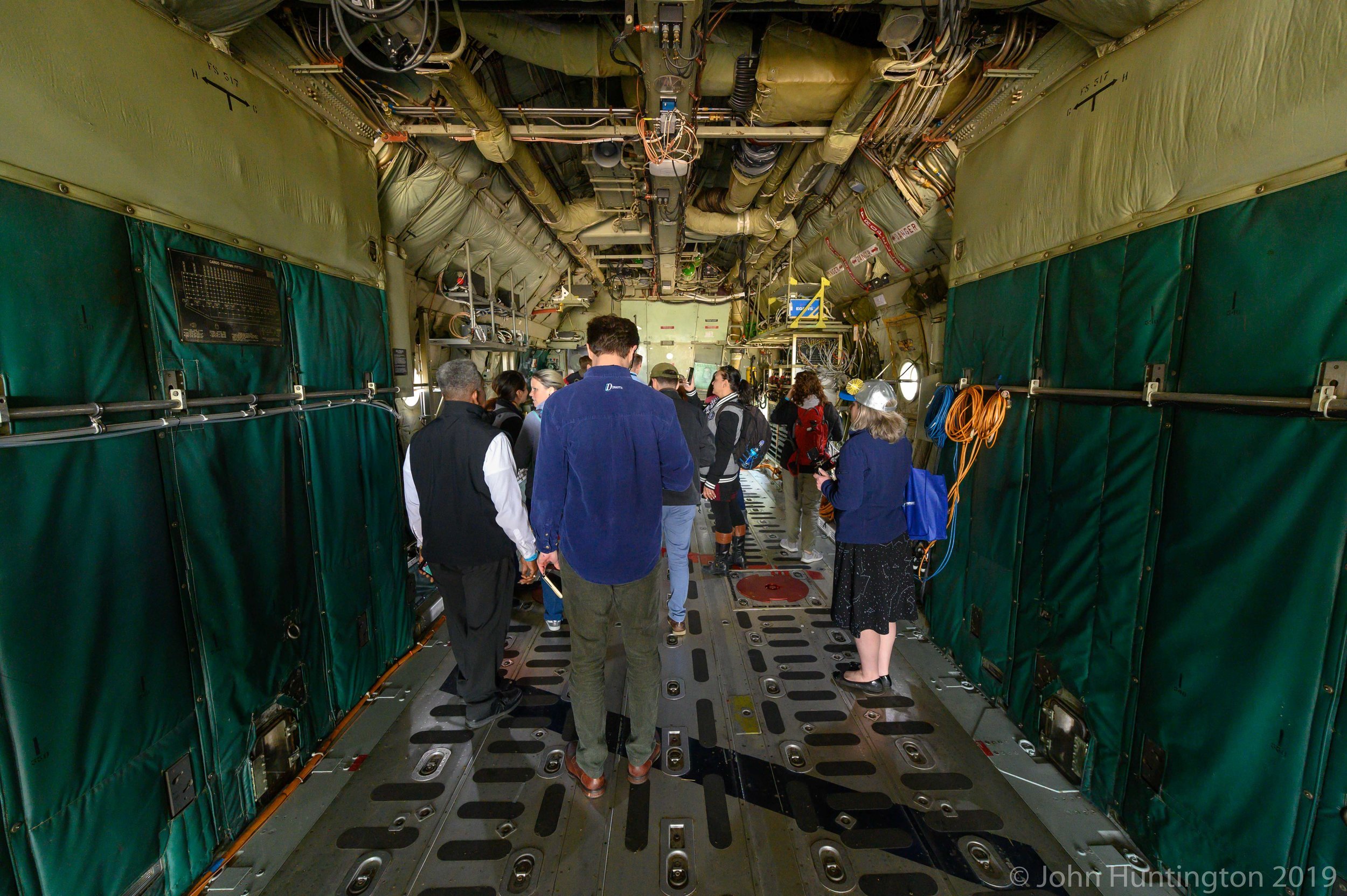
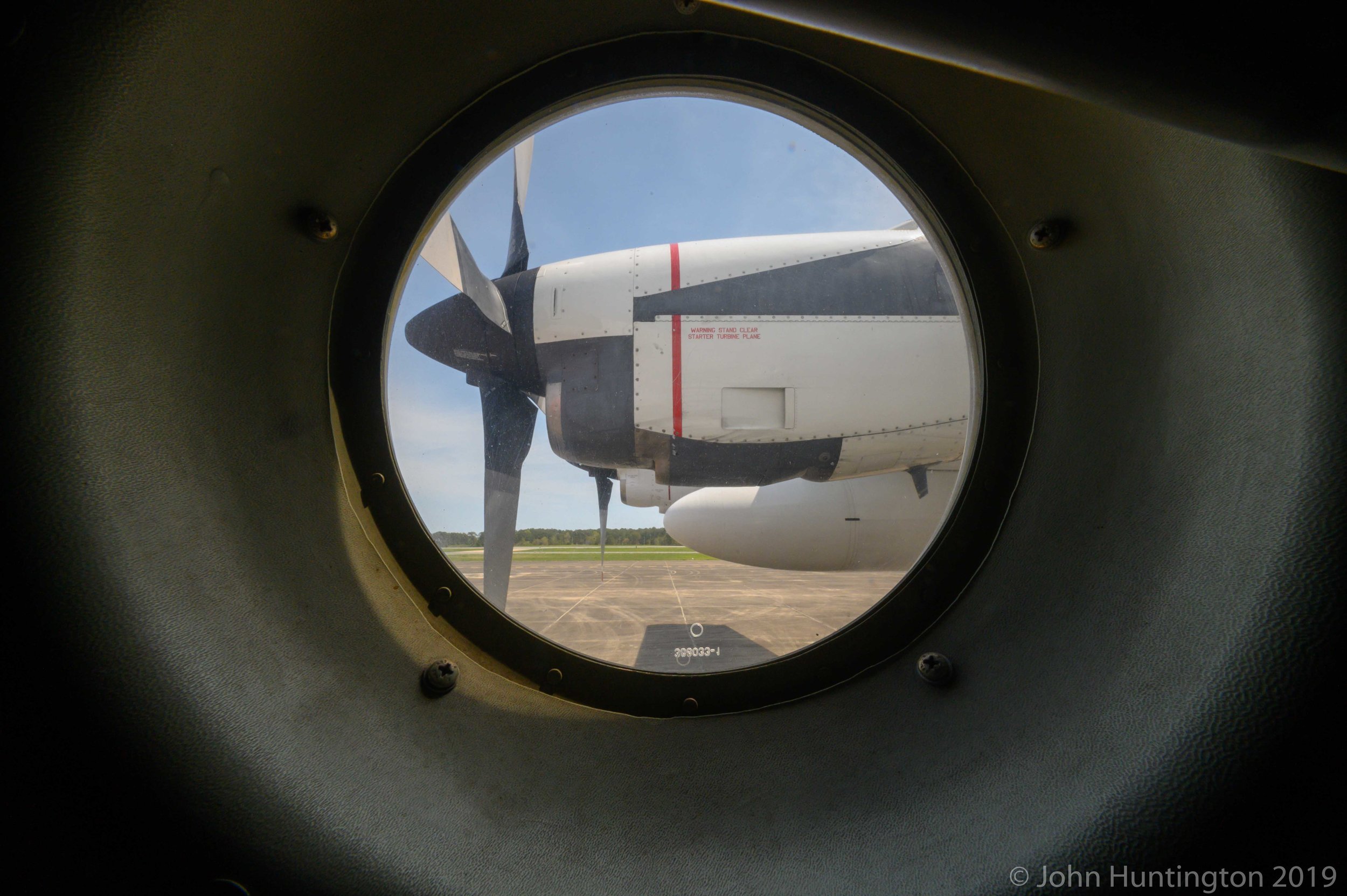
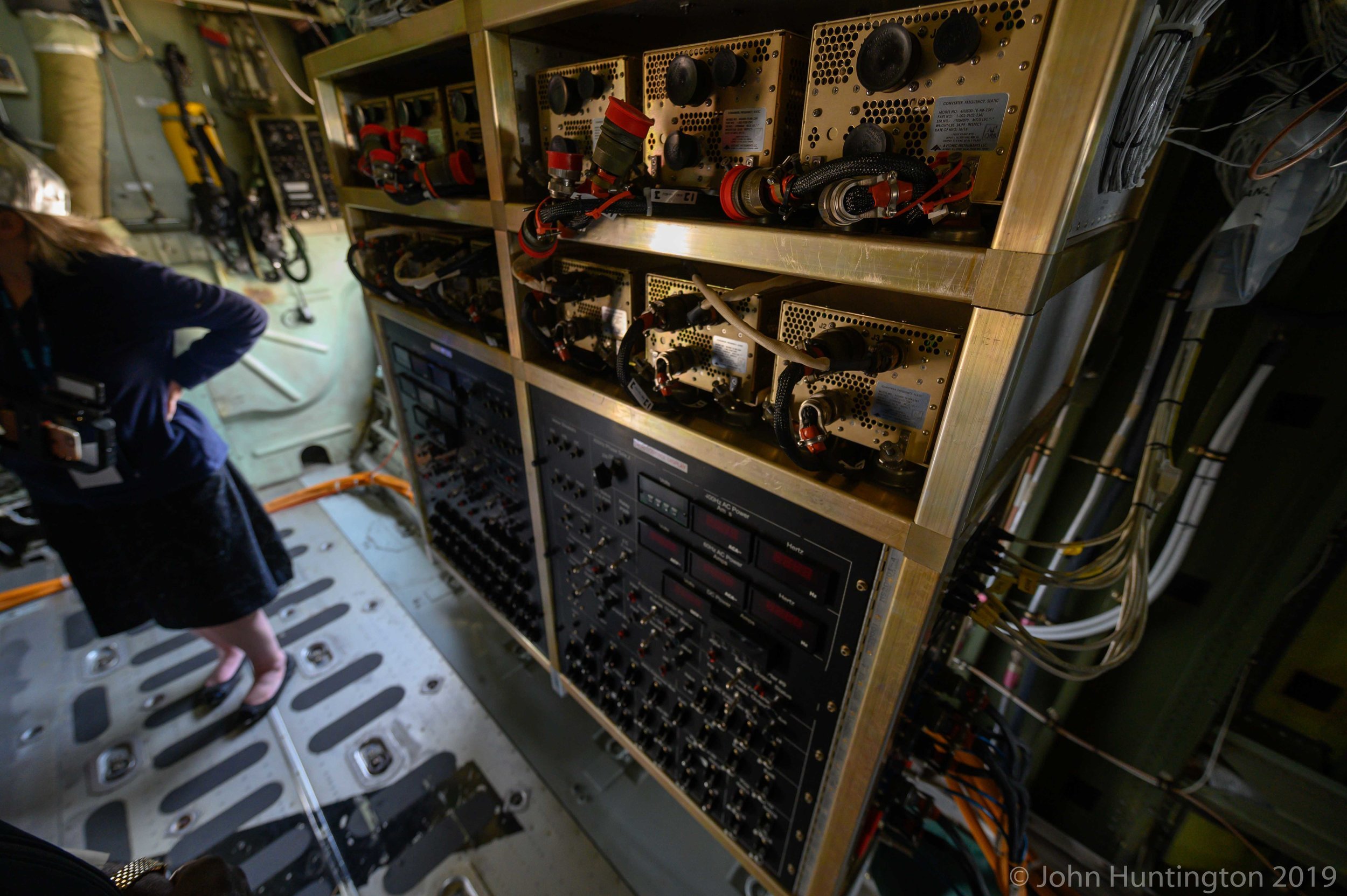
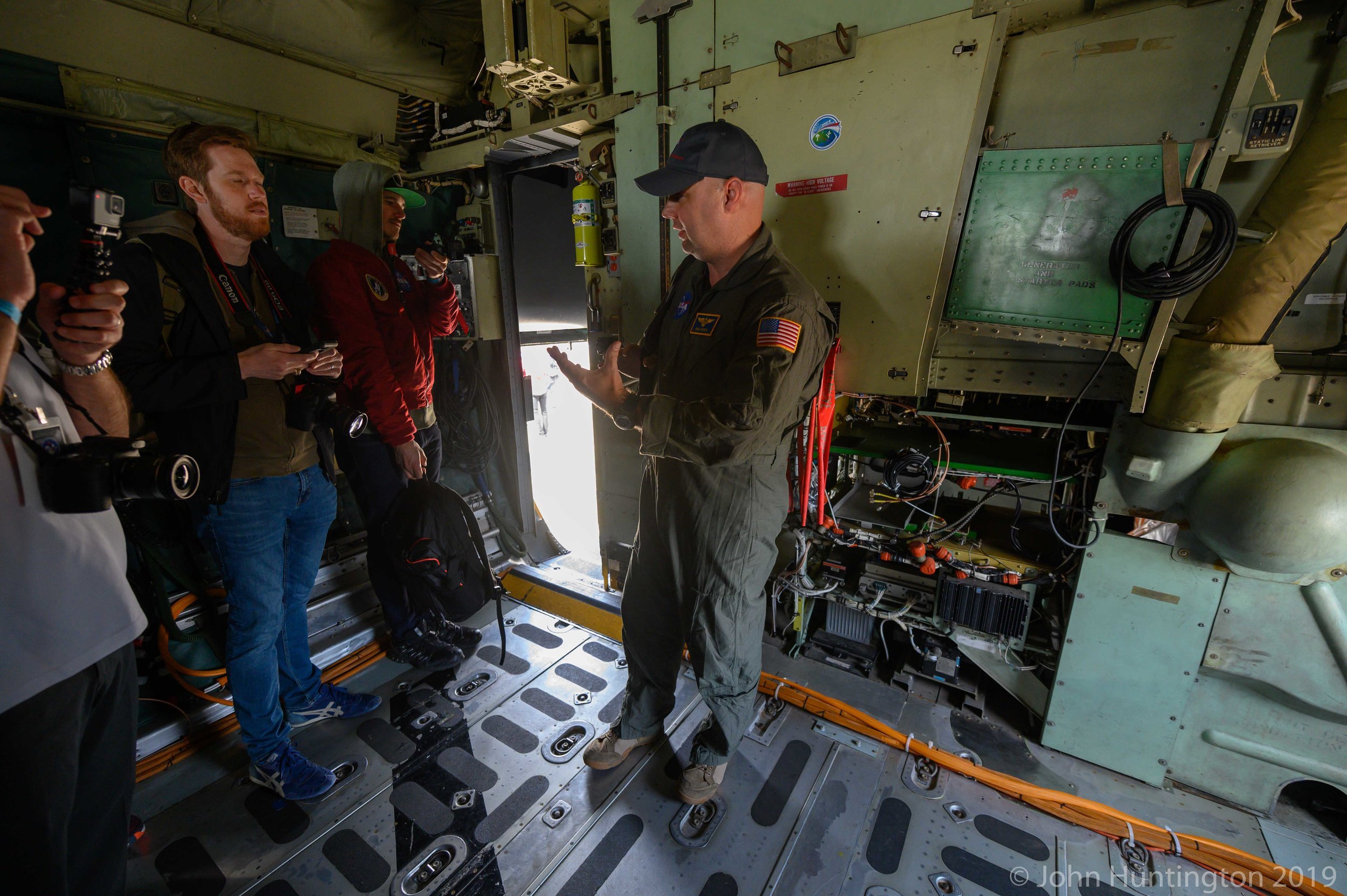
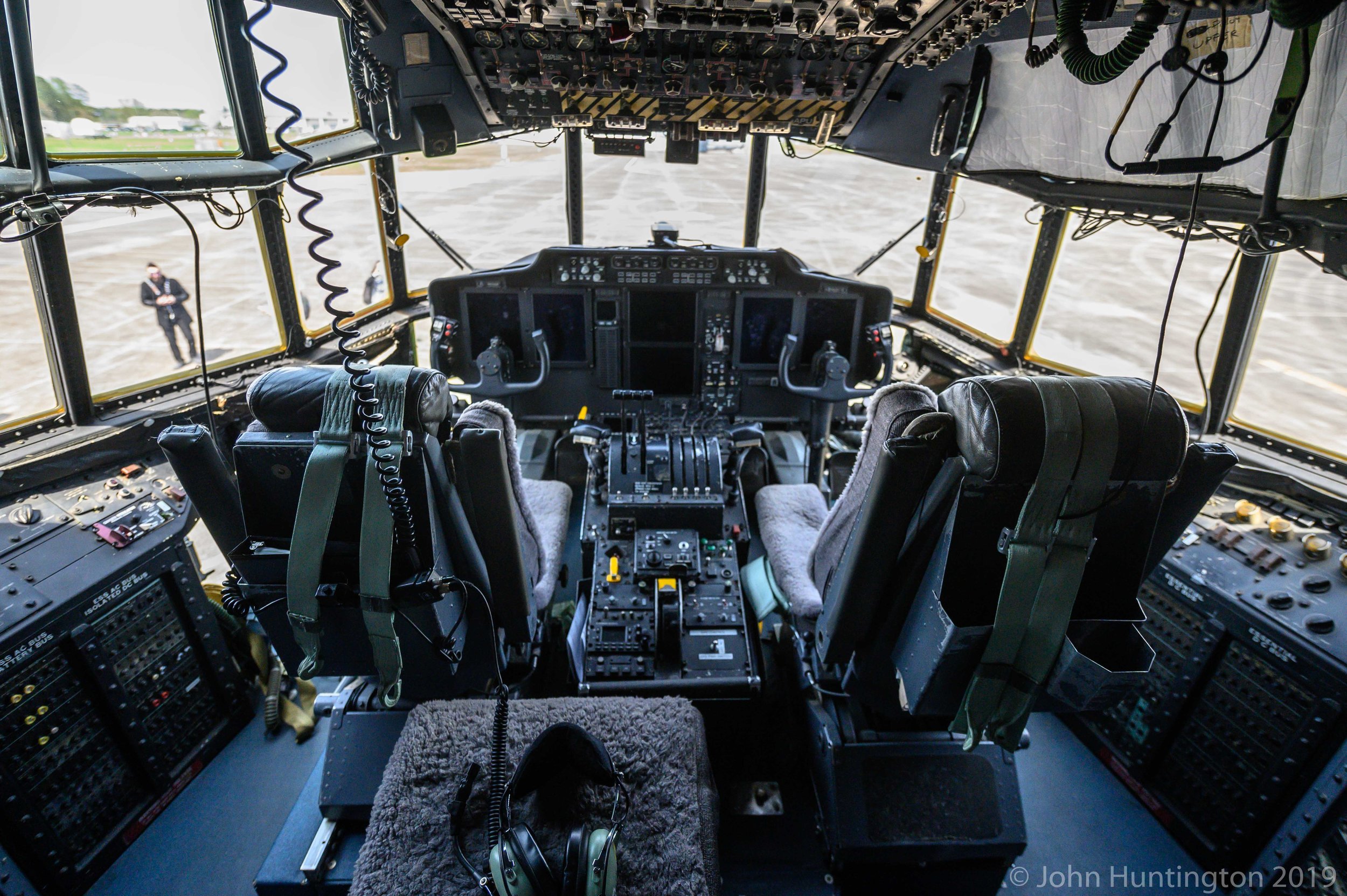
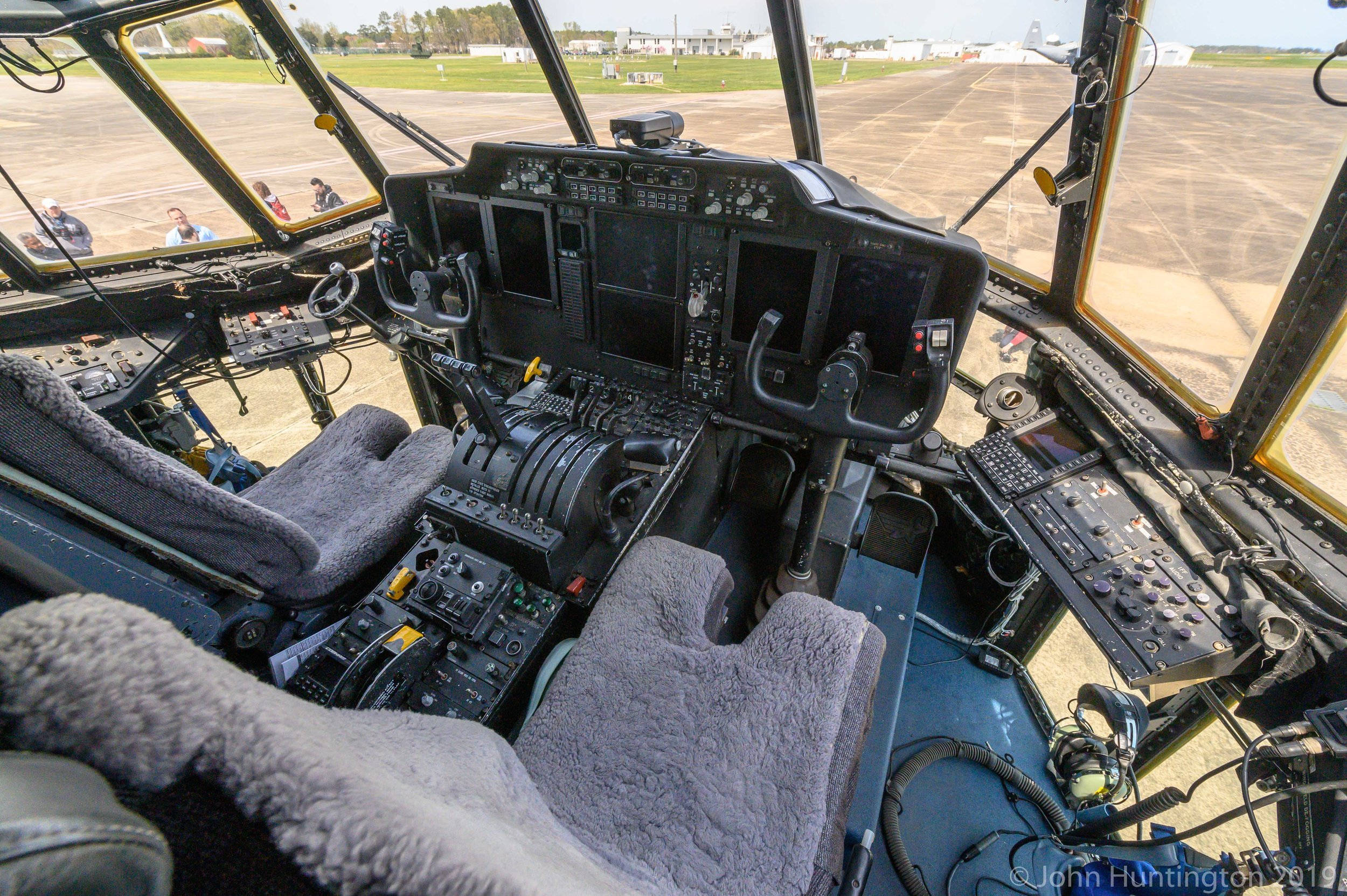
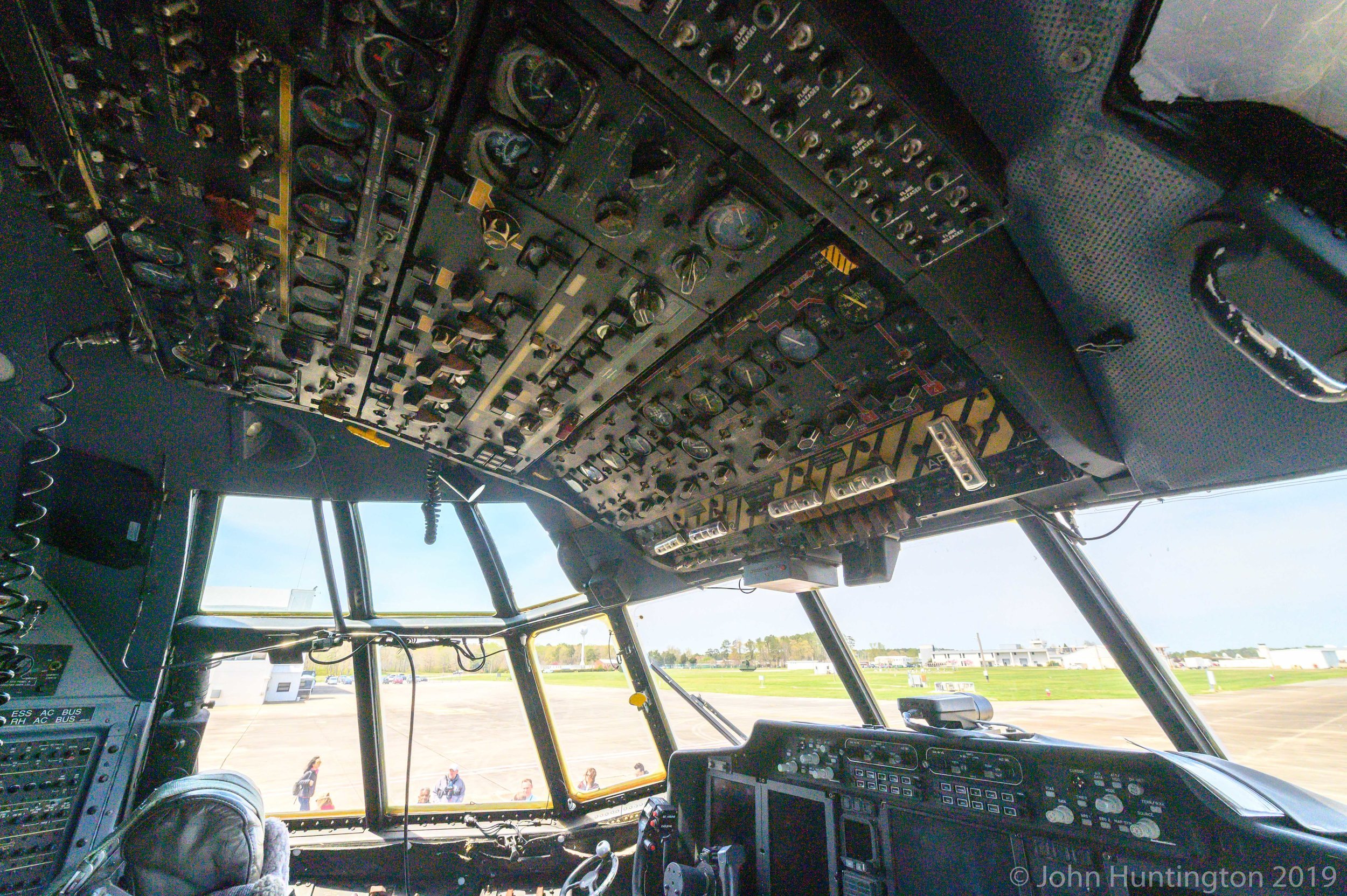

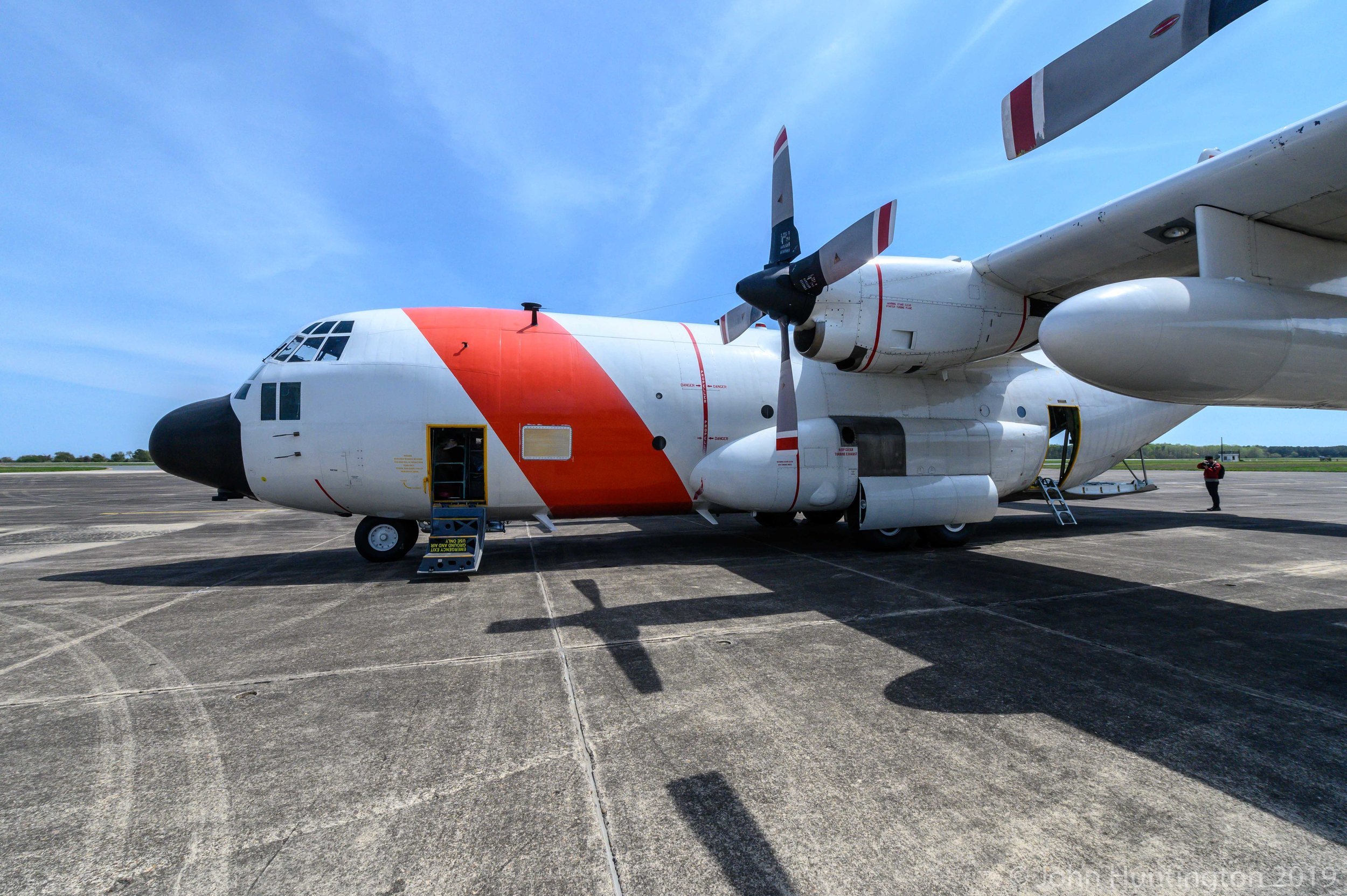
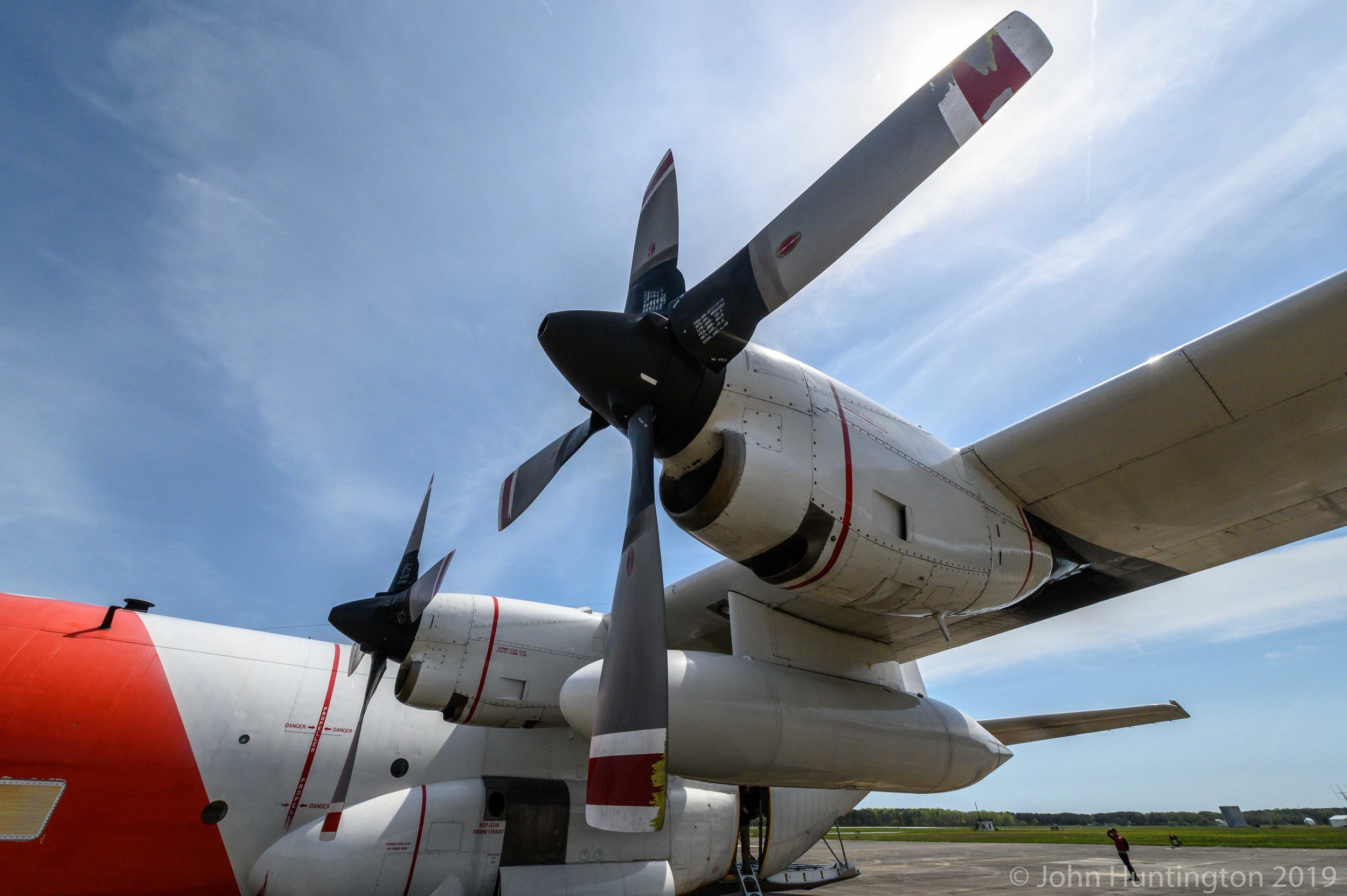
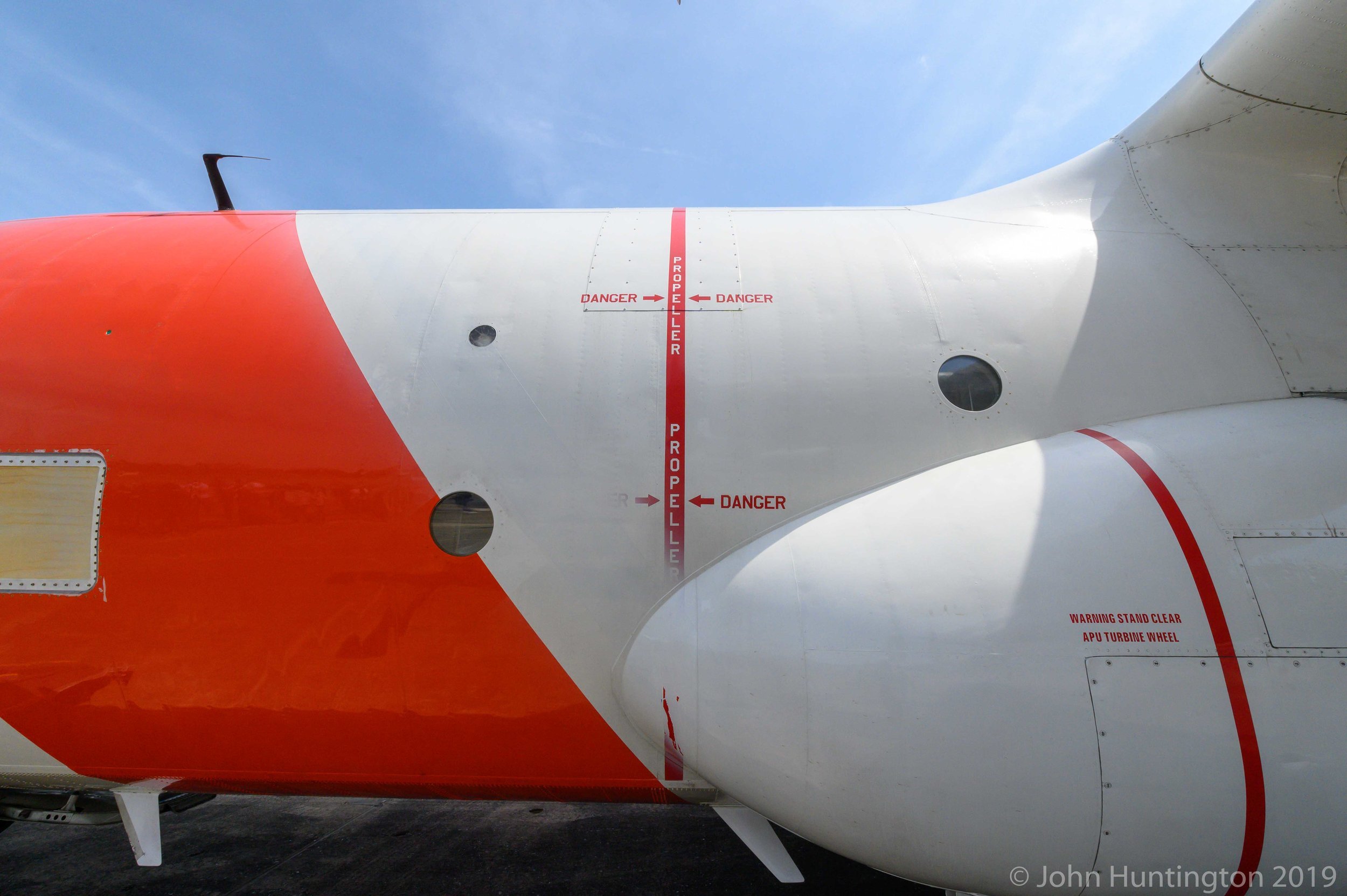
These launches—even though we are only there to watch—are always nerve wracking for some reason. And we had to wait a long time to get our bus cleared by the bomb dog, etc etc, and then finally we got to the media site, two miles from the launch pad. Everyone with a tripod (like me) ran to get a spot, but fortunately there is room for everyone.:
At 4:46, right on schedule, NG-11/CRS-11 mission began:
Seeing these launches is always incredible (this is probably my sixth or seventh, and my third up close), but the sound is what I think is truly awe inspiring. Here’s my recording with my little stereo Tascam recording (with a bit of compression on the loud bits).
The mission was flawless. Afterwards we went to the post-launch press conference. It was streamed live but the NASA link to the archive seems to be broken.
The Cygnus capsule was successfully captured by the crew on ISS yesterday morning.
There is another launch from Wallops in October, and I really recommend going to see it if you’re in the area (or anything at Kennedy Space Center). Even if you can’t get as close as I did, it’s a beautiful area, and awe-inspiring experience which demonstrates an amazing, hopeful, and productive use of our tax dollars.
Many more photos here.






